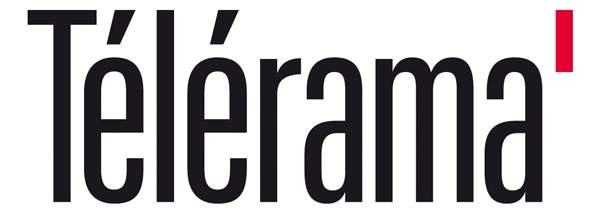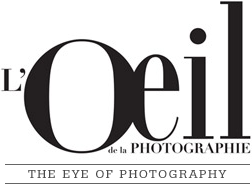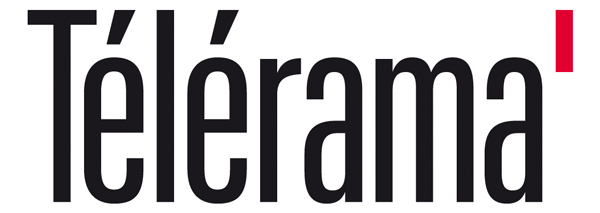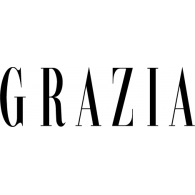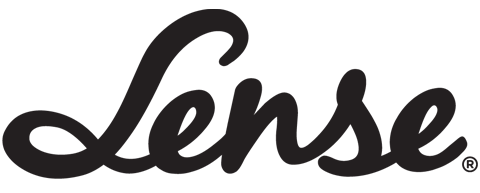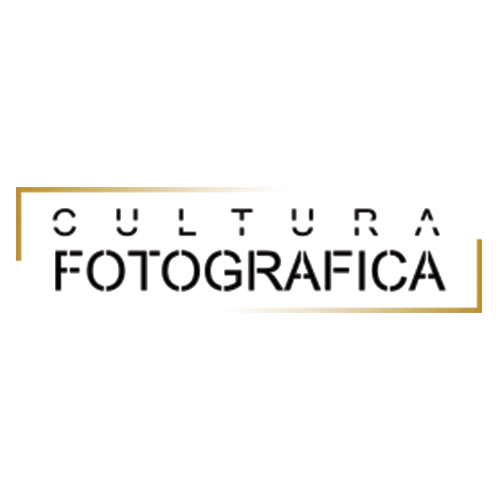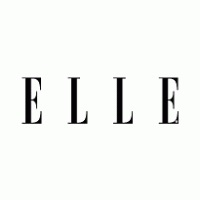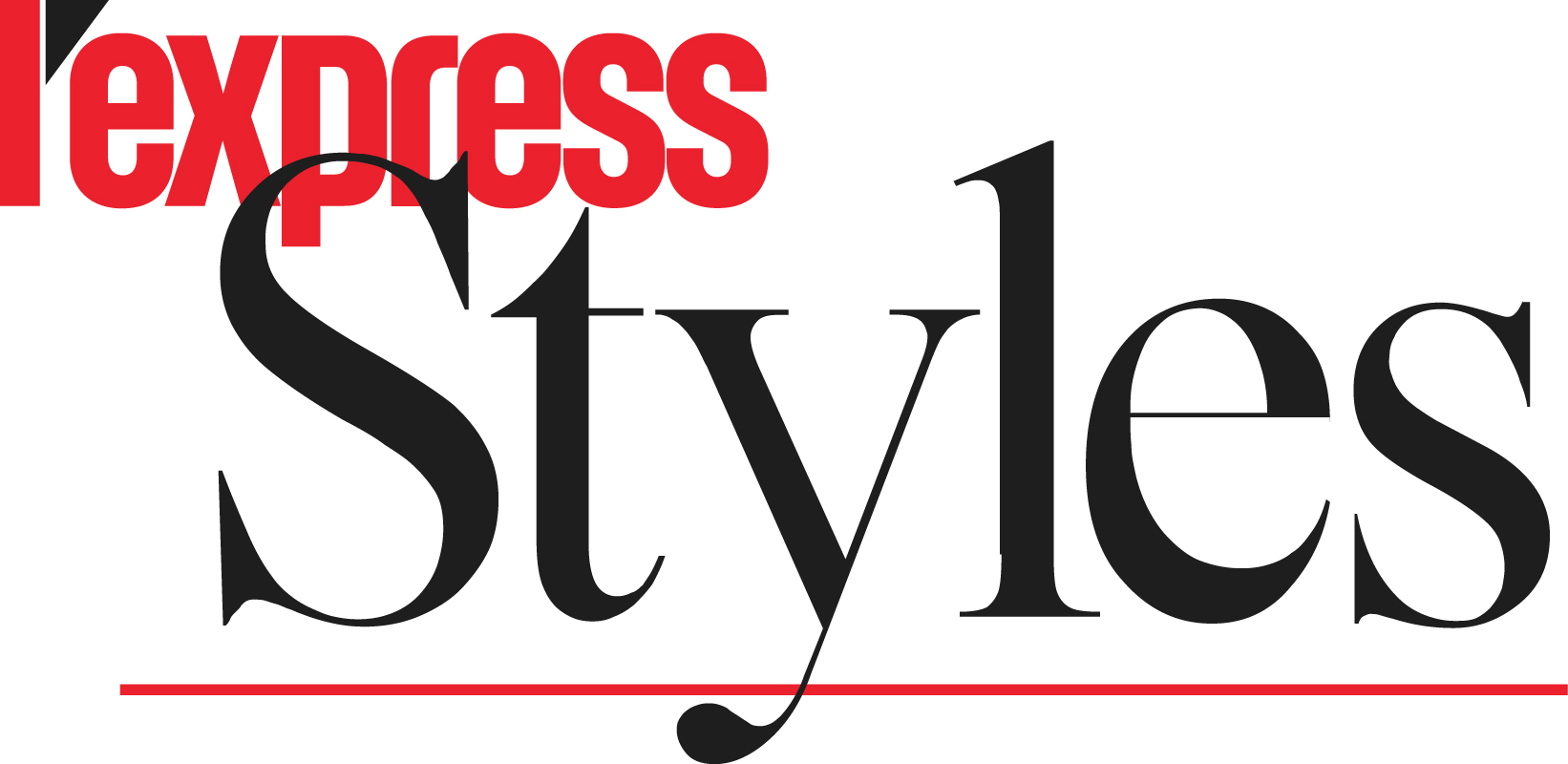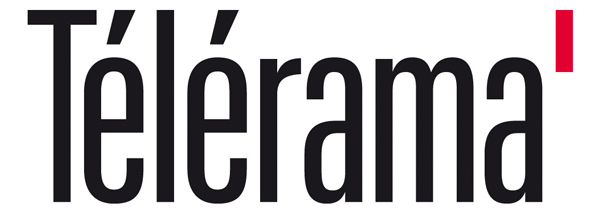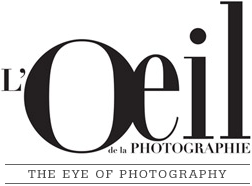Ernst Haas
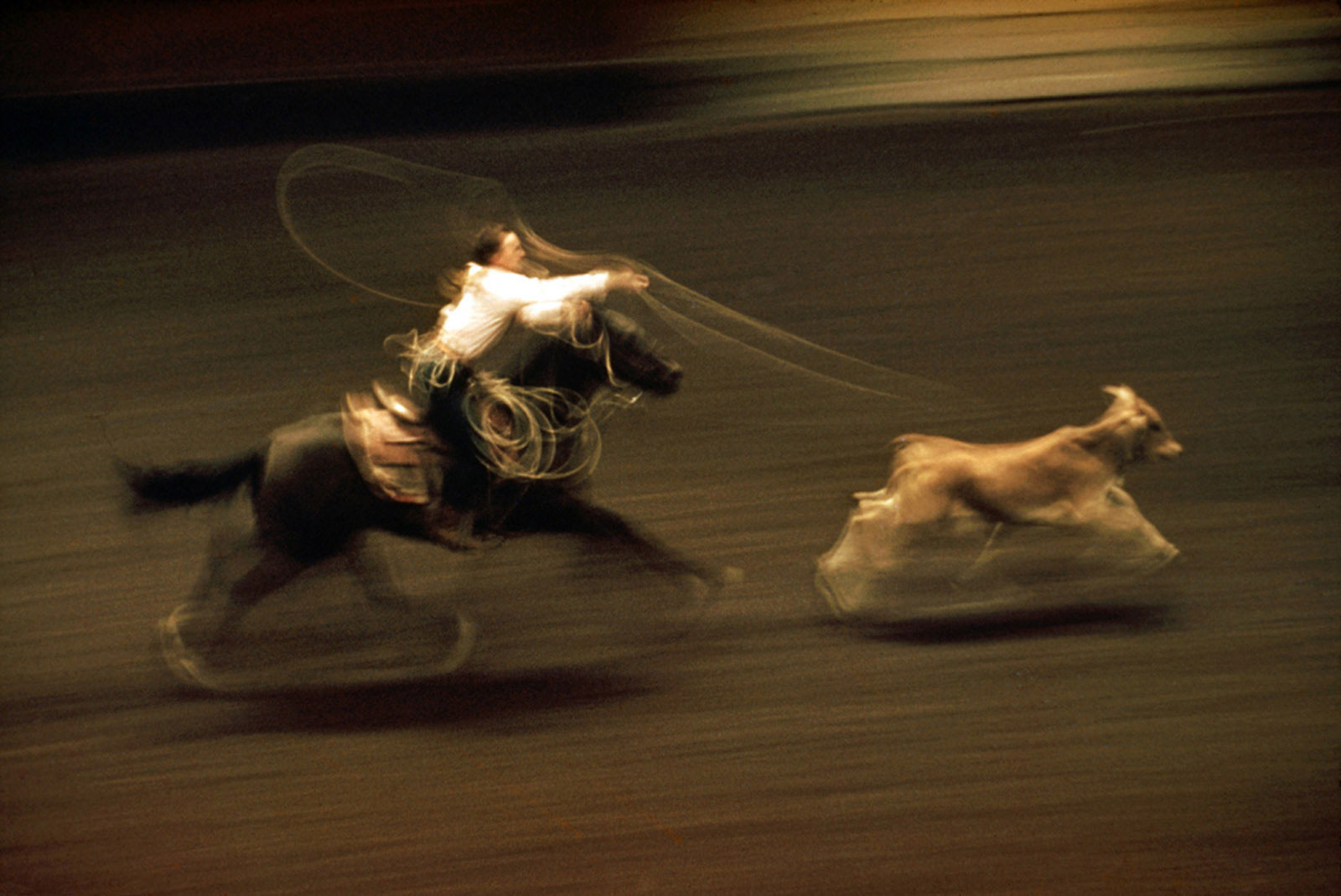
Image: 22 x 14 1/2 inches
Print: 22 1/2 x 15 1/4 inches
Signed by the artist
Image: 22 x 14 1/2 inches
Print: 22 1/2 x 15 1/4 inches INV Nbr. EH1605004 Kindly.
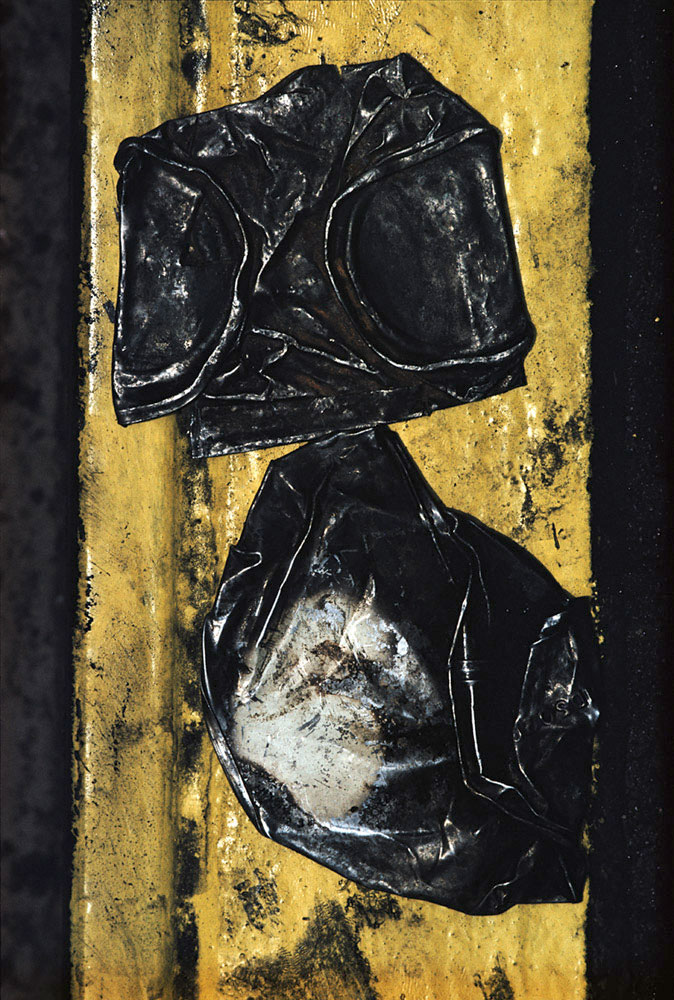
Print: 16 x 20 inches
Frame: 20 x 26 inches
Print authenticated by Alex Haas, moral right holder
Print: 16 x 20 inches
Frame: 20 x 26 inches INV Nbr. EH1510005 Kindly.
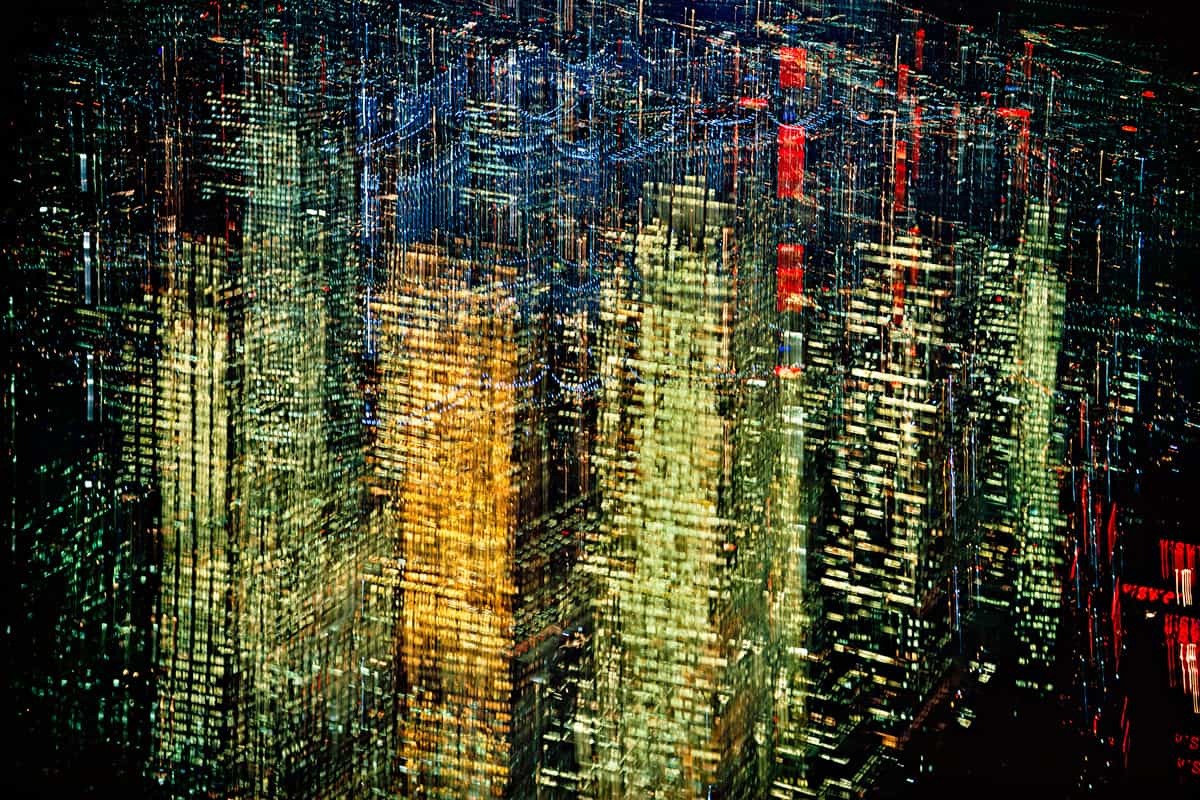
Print: 30 x 40 inches
Frame: 30 x 40 inches
Print authenticated by Alex Haas, moral right holder
Print: 30 x 40 inches
Frame: 30 x 40 inches INV Nbr. EH1510010 Kindly.
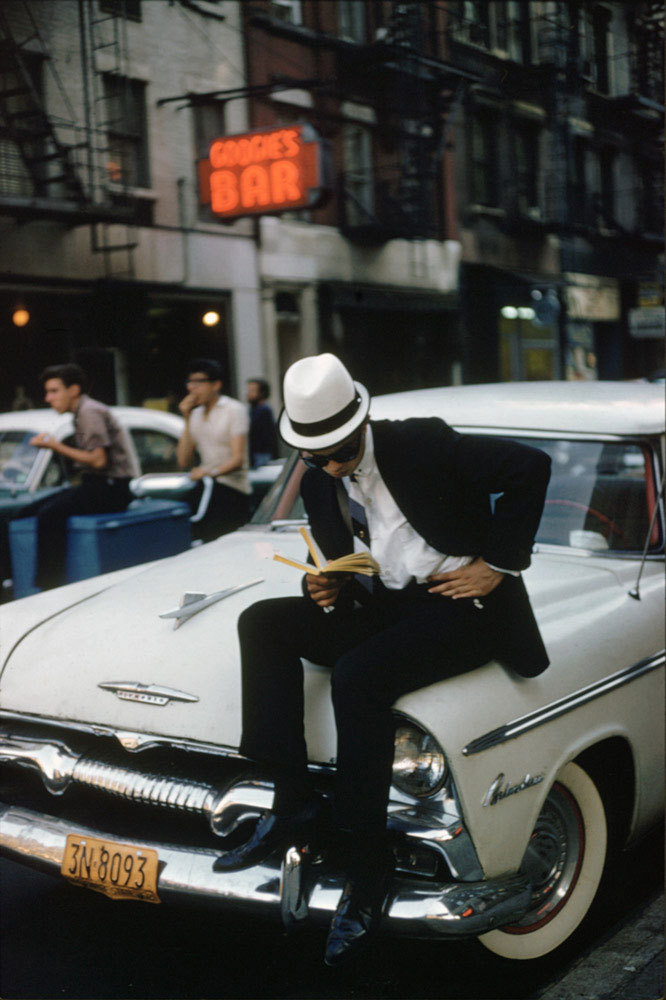
Print: 16 x 20 inches
Frame: 20 x 26 inches
Print authenticated by Alex Haas, moral right holder
Print: 16 x 20 inches
Frame: 20 x 26 inches INV Nbr. EH1510016 Kindly.
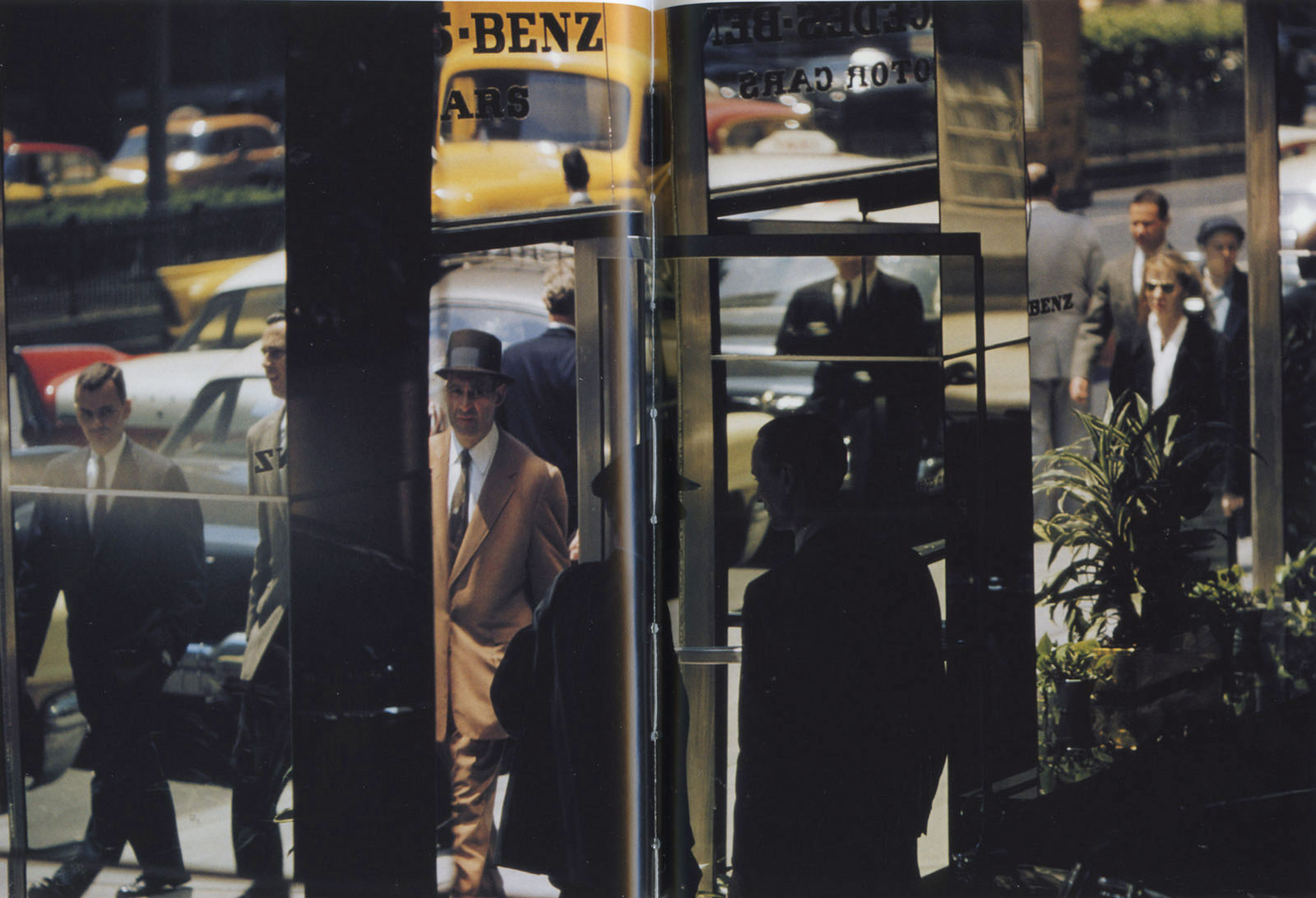
Print: 20 x 30 inches
Frame: 24 x 31 inches
Print authenticated by Alex Haas, moral right holder
Print: 20 x 30 inches
Frame: 24 x 31 inches INV Nbr. EH1510018 Kindly.

Print: 16 x 20 inches
Frame: 20 x 26 inches
Print authenticated by Alex Haas, moral right holder
Print: 16 x 20 inches
Frame: 20 x 26 inches INV Nbr. EH1510014 Kindly.
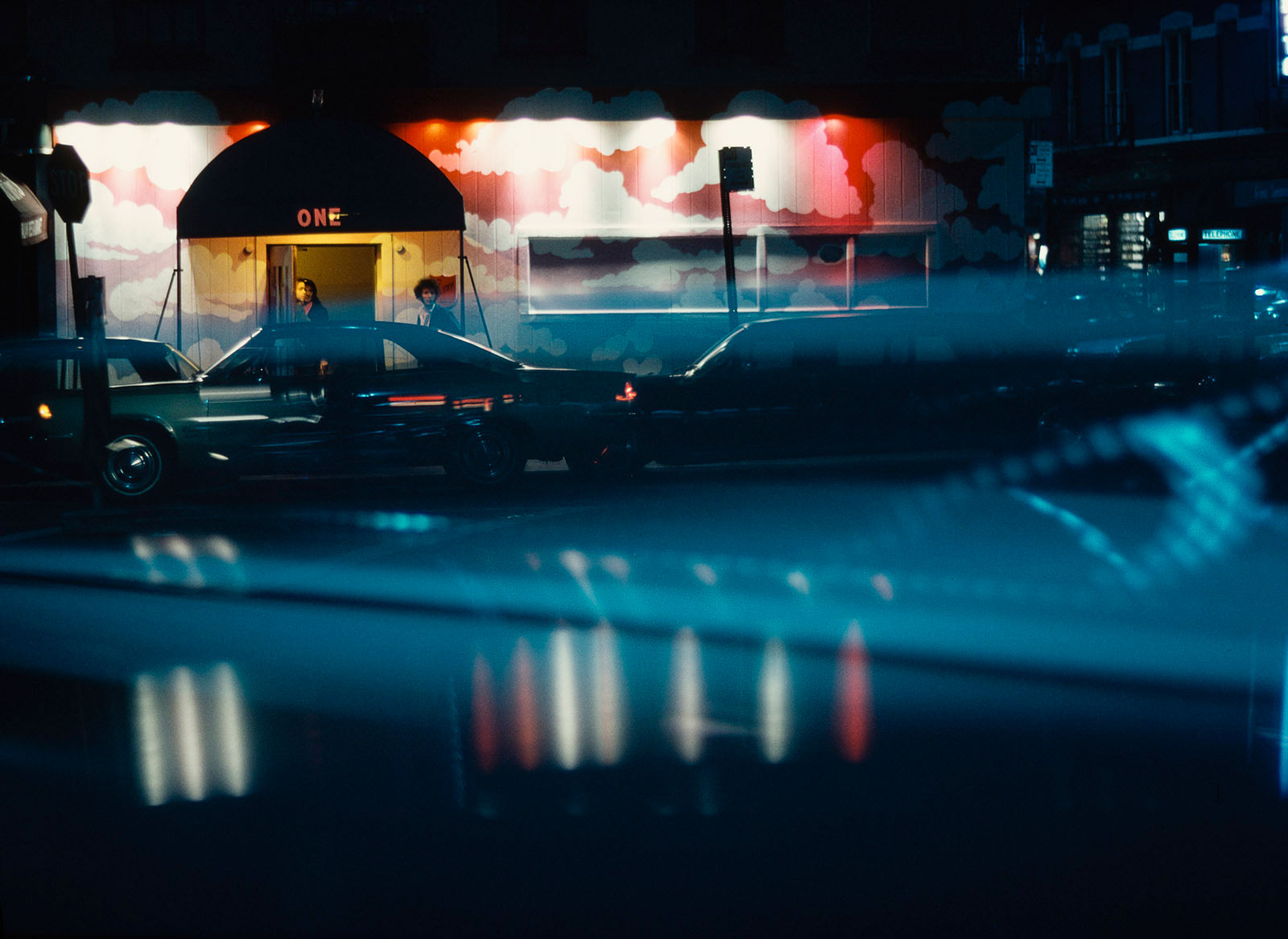
Print: 20 x 30 inches
Frame: 24 x 31 inches
Print authenticated by Alex Haas, moral right holder
Print: 20 x 30 inches
Frame: 24 x 31 inches INV Nbr. EH1510022 Kindly.
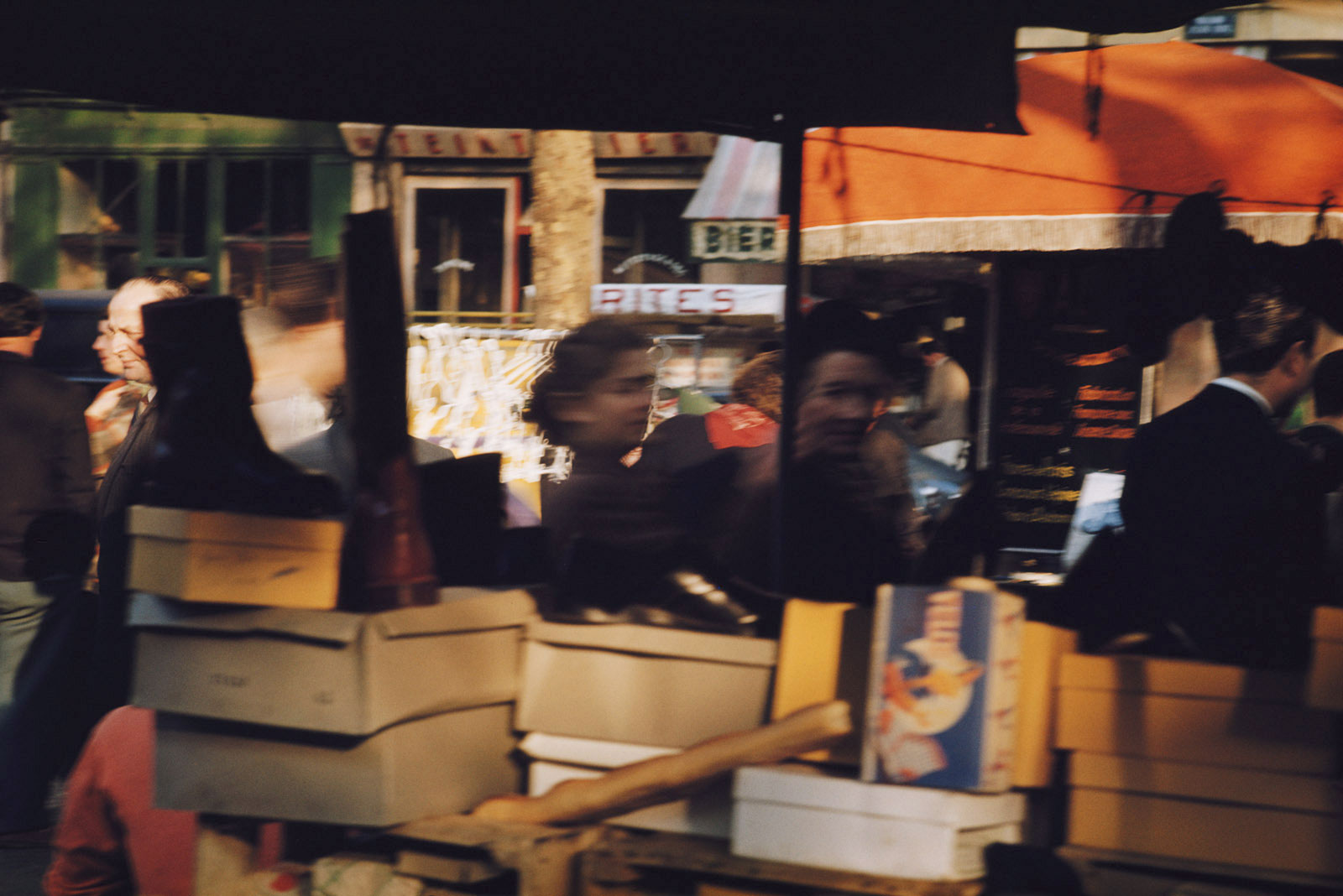
Print: 20 x 30 inches
Frame: 24 x 31 inches
Print authenticated by Alex Haas, moral right holder
Print: 20 x 30 inches
Frame: 24 x 31 inches INV Nbr. EH1510025 Kindly.
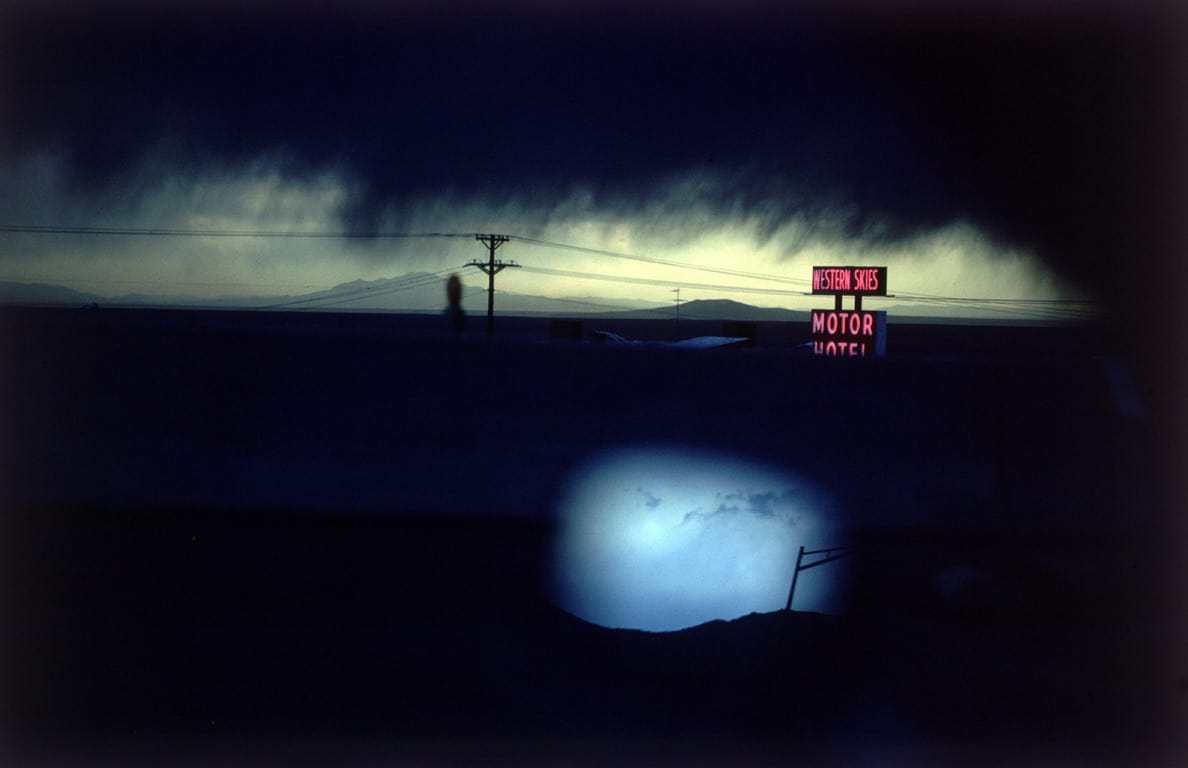
Print: 20 x 30 inches
Frame: 24 x 31 inches
Print authenticated by Alex Haas, moral right holder
Print: 20 x 30 inches
Frame: 24 x 31 inches INV Nbr. EH1510015 Kindly.
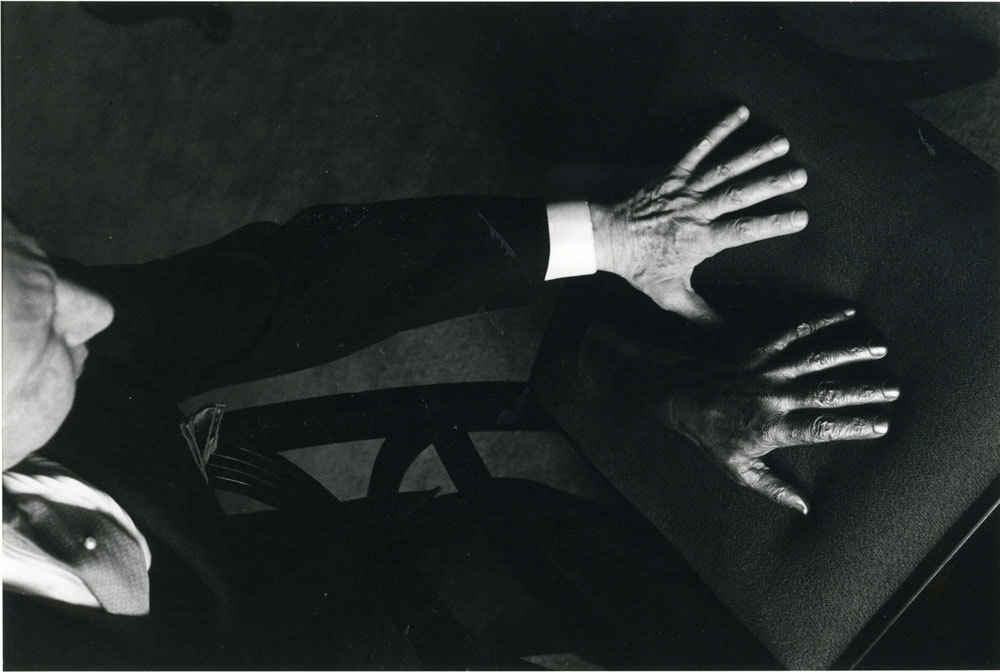
Print: 8 x 10 inches
Print: 8 x 10 inches INV Nbr. EH1605007 Kindly.
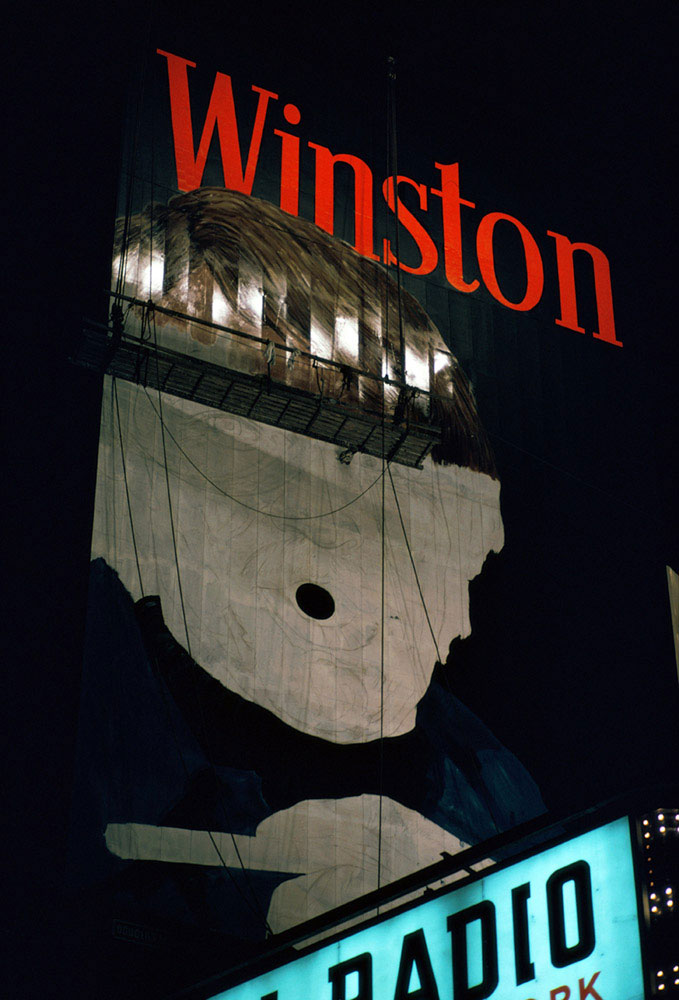
Print: 16 x 20 inches
Frame: 20 x 26 inches
Print authenticated by Alex Haas, moral right holder
Print: 16 x 20 inches
Frame: 20 x 26 inches INV Nbr. EH1510002 Kindly.
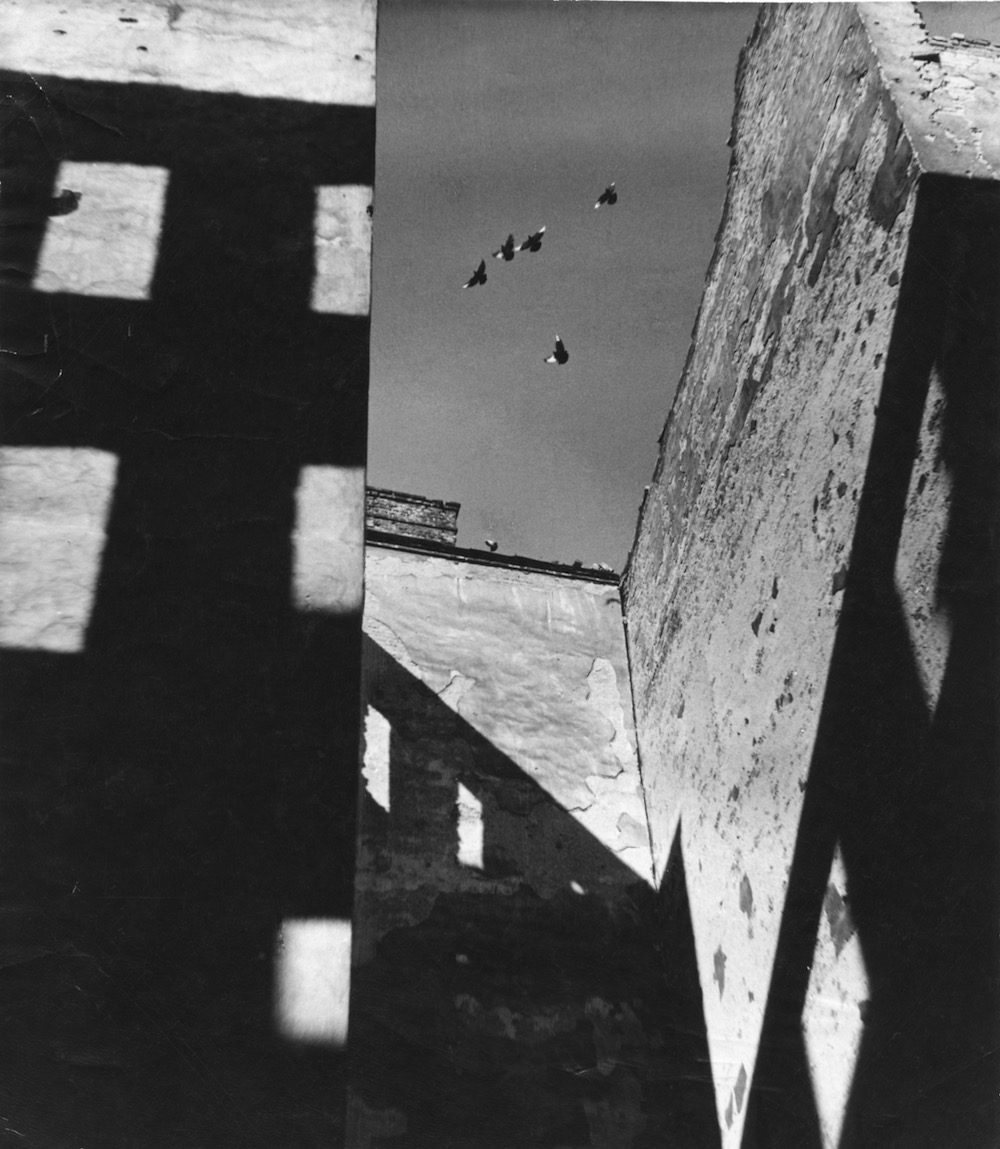
Print: 8 x 9 inches
Stamp "Magnum 17 East 64th Street, New York" au verso
Print: 8 x 9 inches INV Nbr. EH1706012 Kindly.

Print: 9 x 14 inches
Stamp Ernst Haas Magnum Photos
Print: 9 x 14 inches INV Nbr. EH1804020 Kindly.

Print: 9 x 13,8 inches
Stamp Ernst Haas Magnum Photos
Print: 9 x 13,8 inches INV Nbr. EH1804021 Kindly.
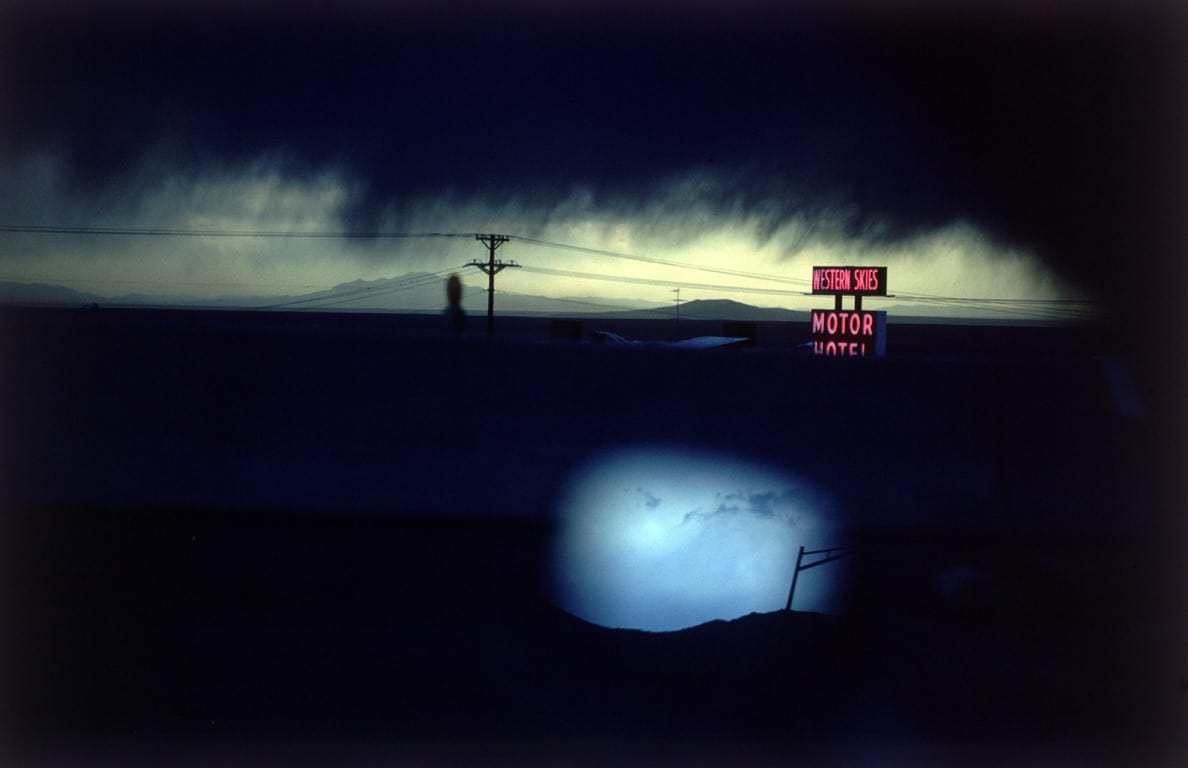
Print: 16 x 20 inches
Print authenticated by Alex Haas, moral right holder
Print: 16 x 20 inches INV Nbr. EH1910002 Kindly.
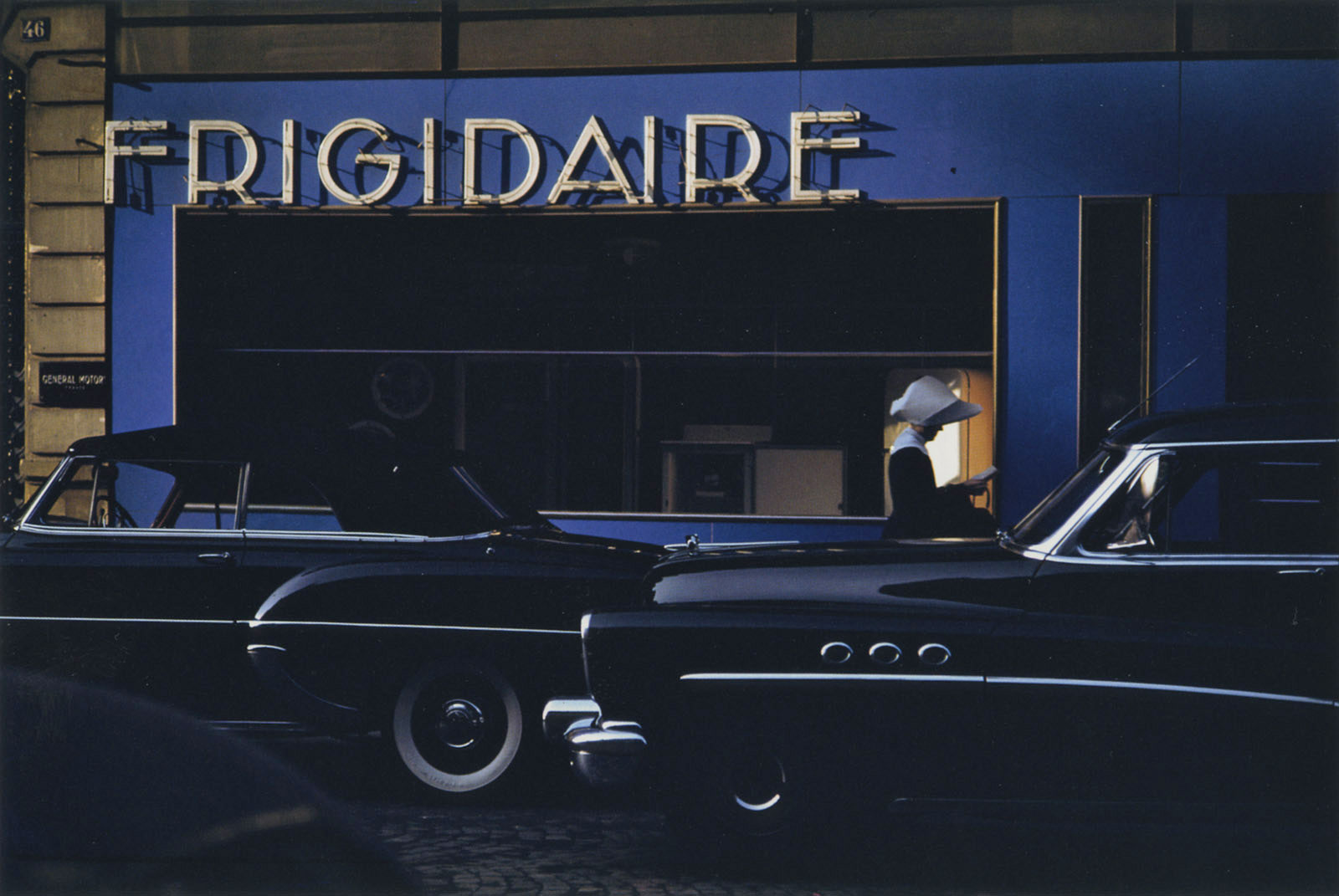
Print: 16 x 20 inches
Frame: 20 x 26 inches
Print authenticated by Alex Haas, moral right holder
Print: 16 x 20 inches
Frame: 20 x 26 inches INV Nbr. EH1510006 Kindly.
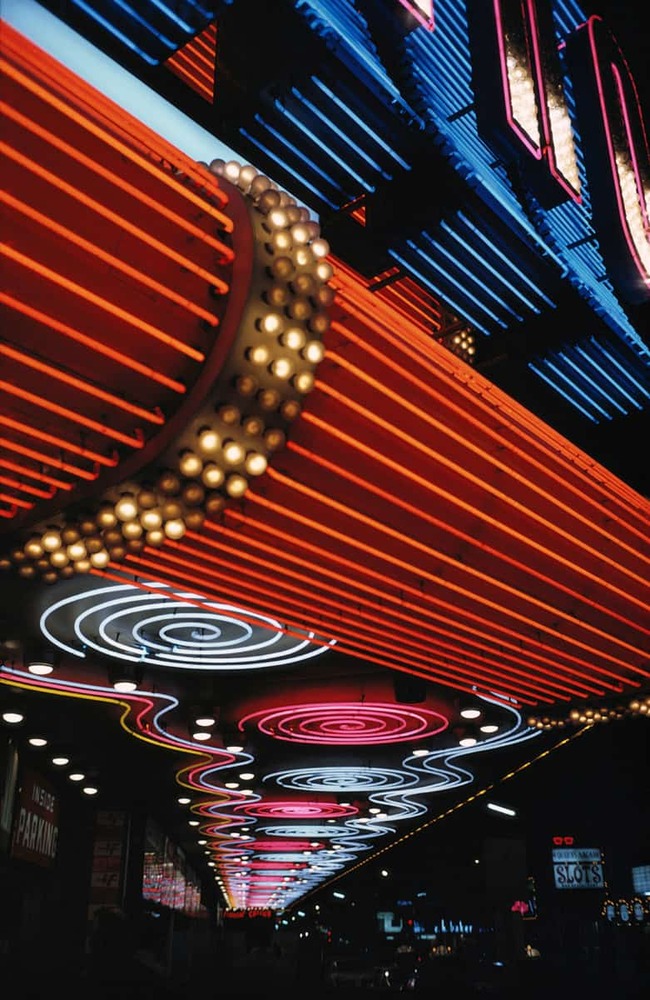
Print: 16 x 20 inches
Frame: 20 x 26 inches
Print authenticated by Alex Haas, moral right holder
Print: 16 x 20 inches
Frame: 20 x 26 inches INV Nbr. EH1906001 Kindly.
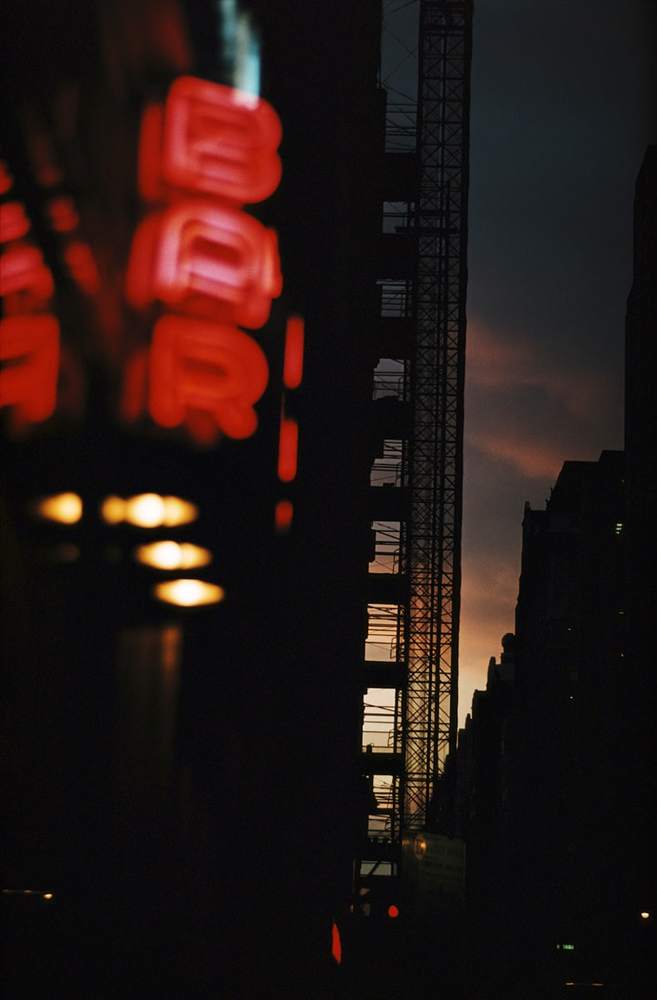
Print: 16 x 20 inches
Frame: 20 x 26 inches
Print authenticated by Alex Haas, moral right holder
Print: 16 x 20 inches
Frame: 20 x 26 inches INV Nbr. EH1906002 Kindly.
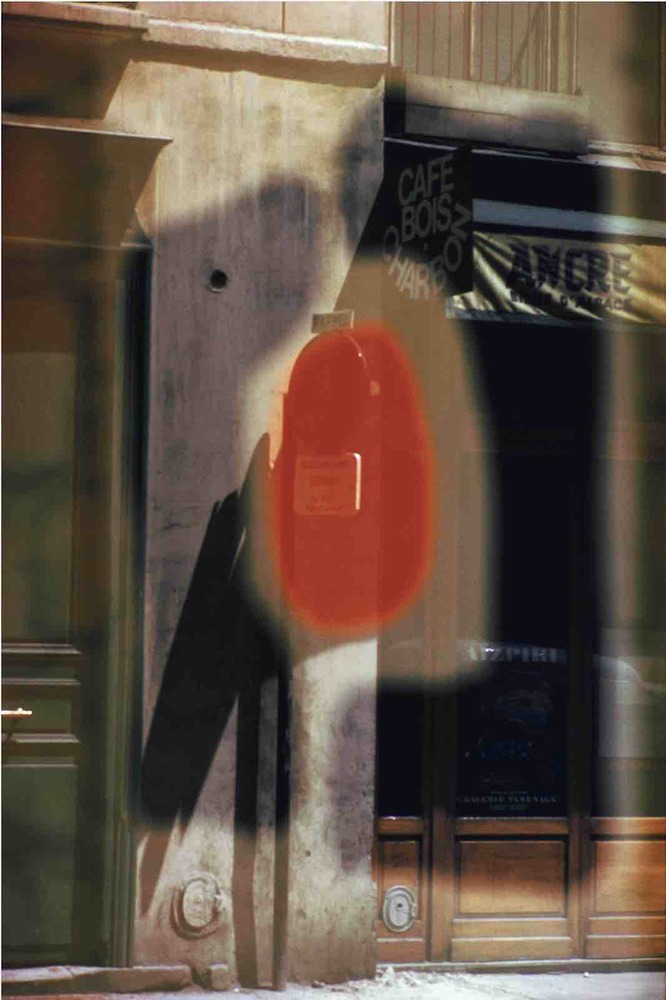
Print: 16 x 20 inches
Frame: 20 x 26 inches
Print authenticated by Alex Haas, moral right holder
Print: 16 x 20 inches
Frame: 20 x 26 inches INV Nbr. EH1906008 Kindly.
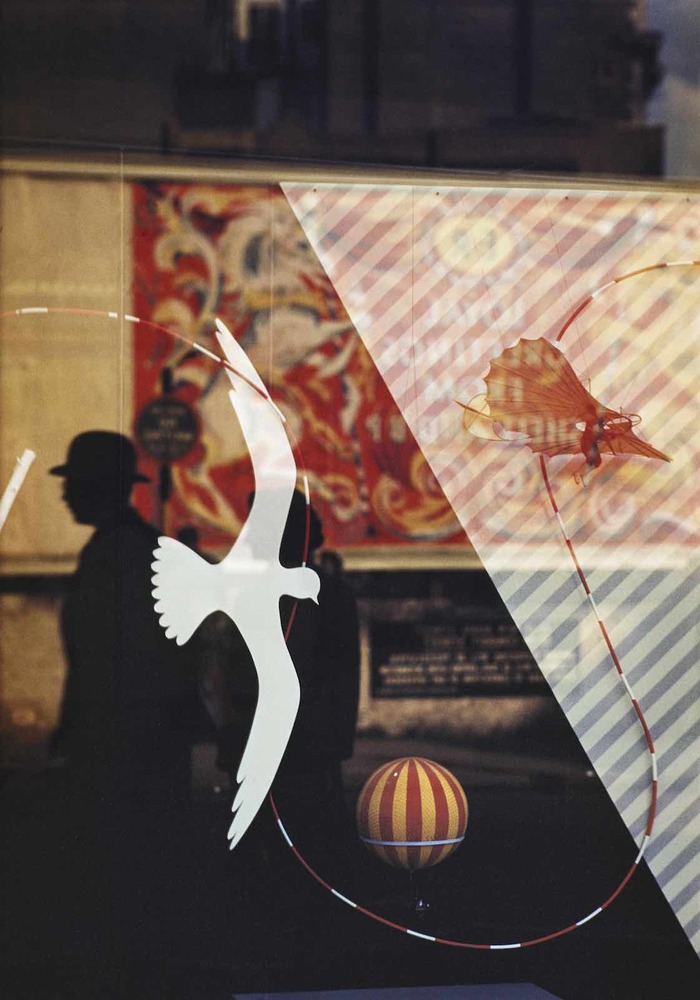
Print: 16 x 20 inches
Frame: 20 x 26 inches
Print authenticated by Alex Haas, moral right holder
Print: 16 x 20 inches
Frame: 20 x 26 inches INV Nbr. EH1906009 Kindly.
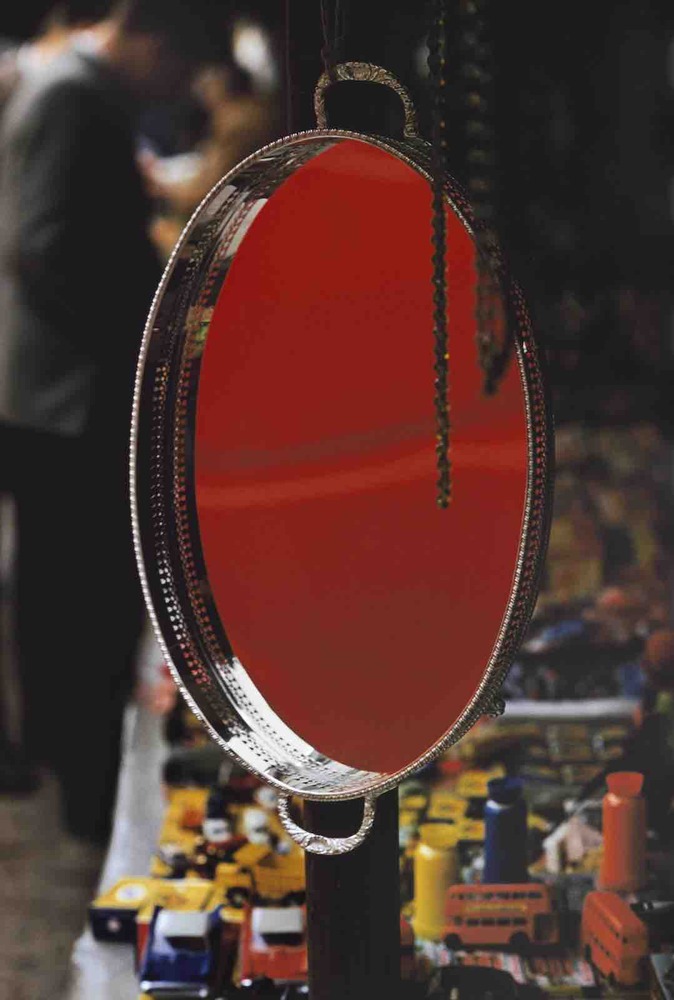
Print: 16 x 20 inches
Frame: 20 x 26 inches
Print authenticated by Alex Haas, moral right holder
Print: 16 x 20 inches
Frame: 20 x 26 inches INV Nbr. EH1906010 Kindly.

Print: 20 x 30 inches
Print authenticated by Alex Haas, moral right holder
Print: 20 x 30 inches INV Nbr. EH1906011 Kindly.
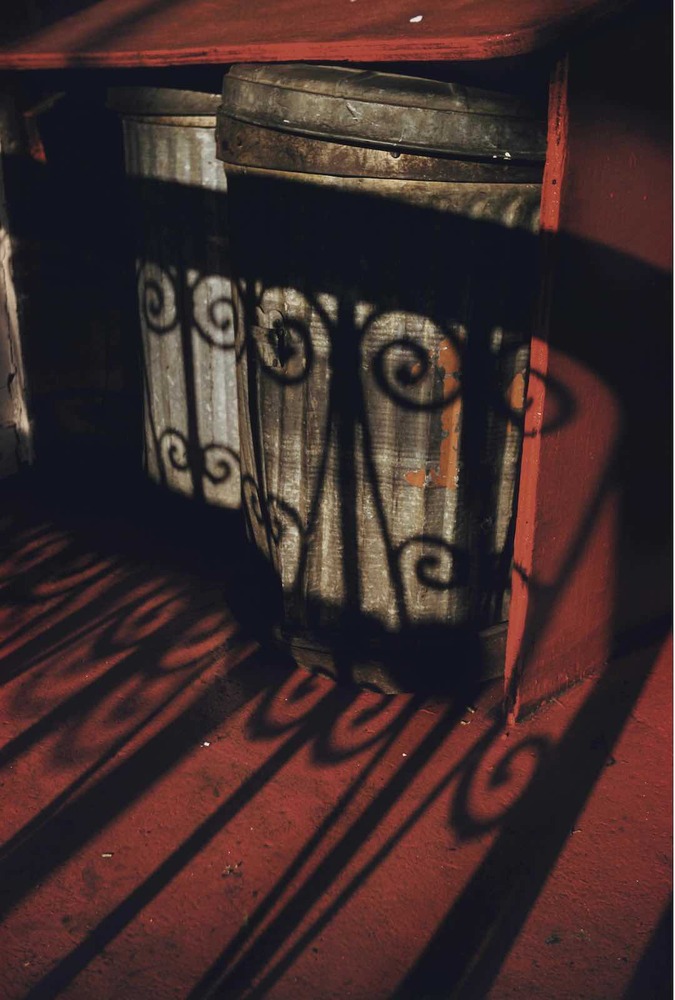
Print: 16 x 20 inches
Frame: 20 x 26 inches
Print authenticated by Alex Haas, moral right holder
Print: 16 x 20 inches
Frame: 20 x 26 inches INV Nbr. EH1906012 Kindly.

Print: 16 x 20 inches
Frame: 20 x 26 inches
Print authenticated by Alex Haas, moral right holder
Print: 16 x 20 inches
Frame: 20 x 26 inches INV Nbr. EH1906013 Kindly.
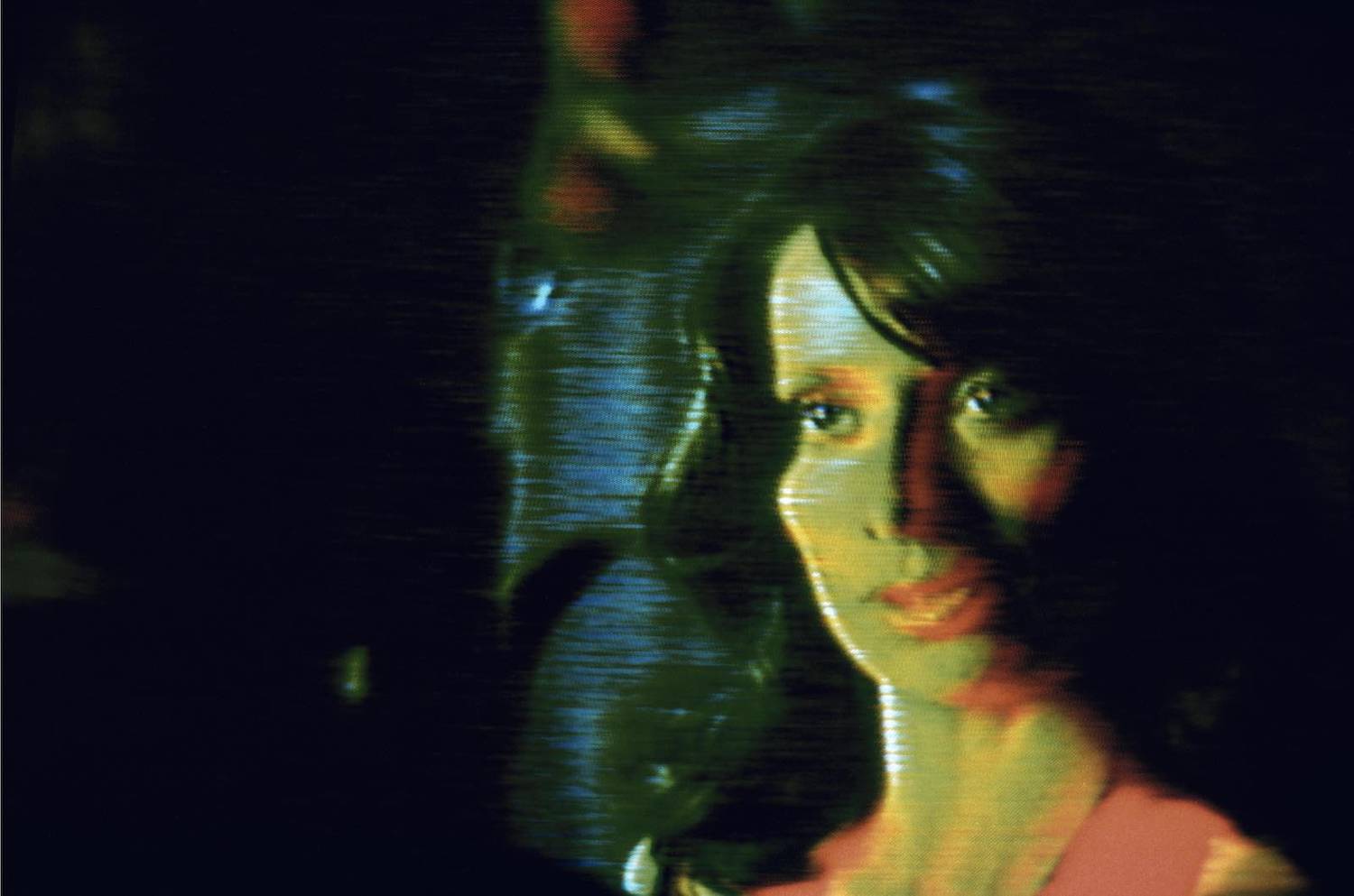
Print: 16 x 20 inches
Frame: 20 x 26 inches
Print authenticated by Alex Haas, moral right holder
Print: 16 x 20 inches
Frame: 20 x 26 inches INV Nbr. EH1906014 Kindly.
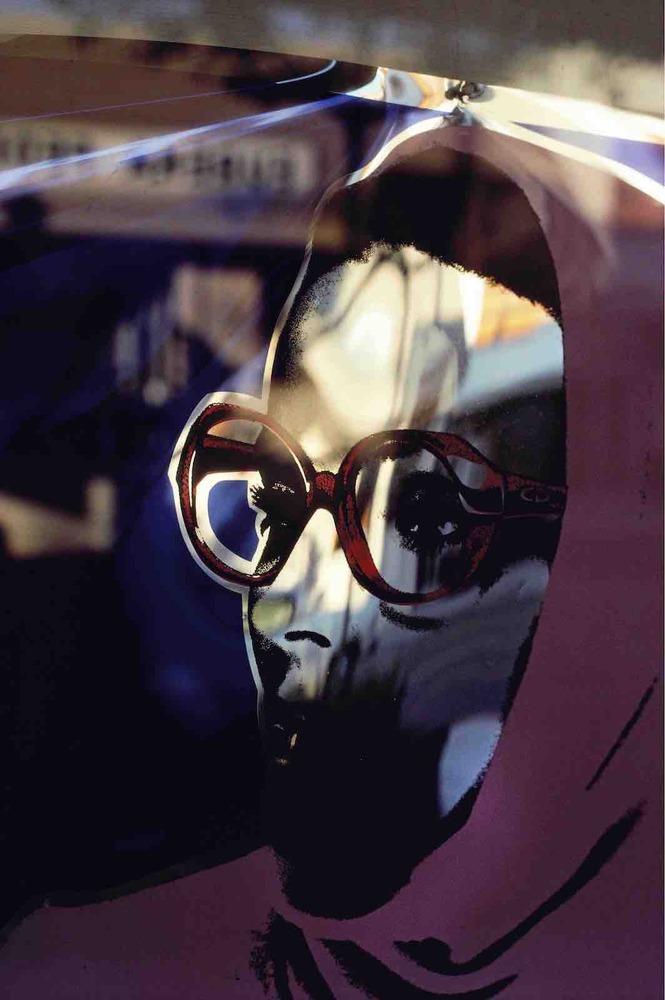
Print: 16 x 20 inches
Frame: 20 x 26 inches
Print authenticated by Alex Haas, moral right holder
Print: 16 x 20 inches
Frame: 20 x 26 inches INV Nbr. EH1906016 Kindly.
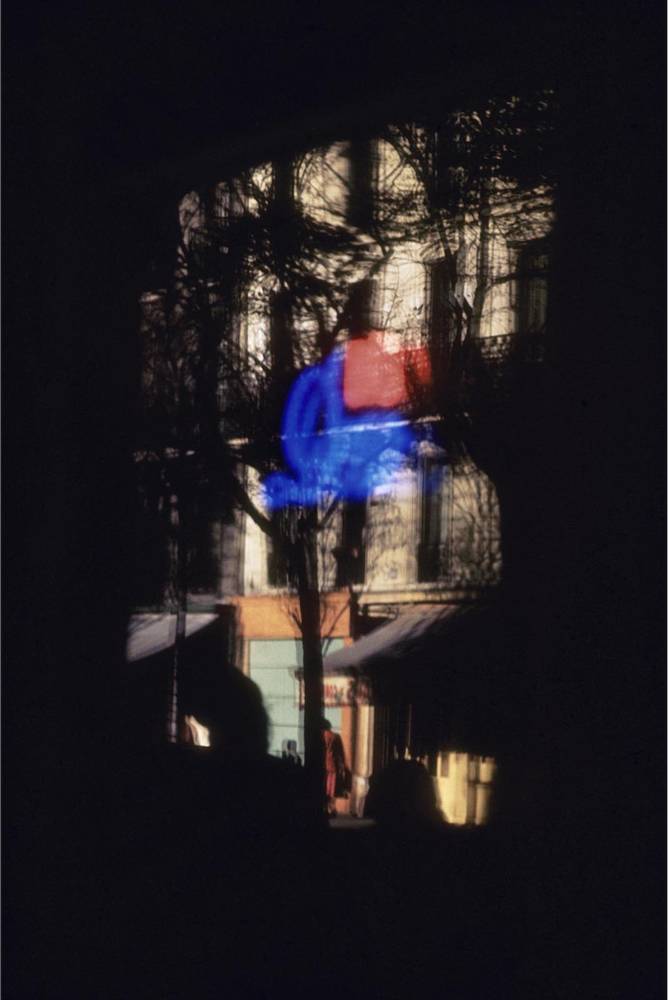
Print: 16 x 20 inches
Frame: 20 x 26 inches
Print authenticated by Alex Haas, moral right holder
Print: 16 x 20 inches
Frame: 20 x 26 inches INV Nbr. EH1906017 Kindly.
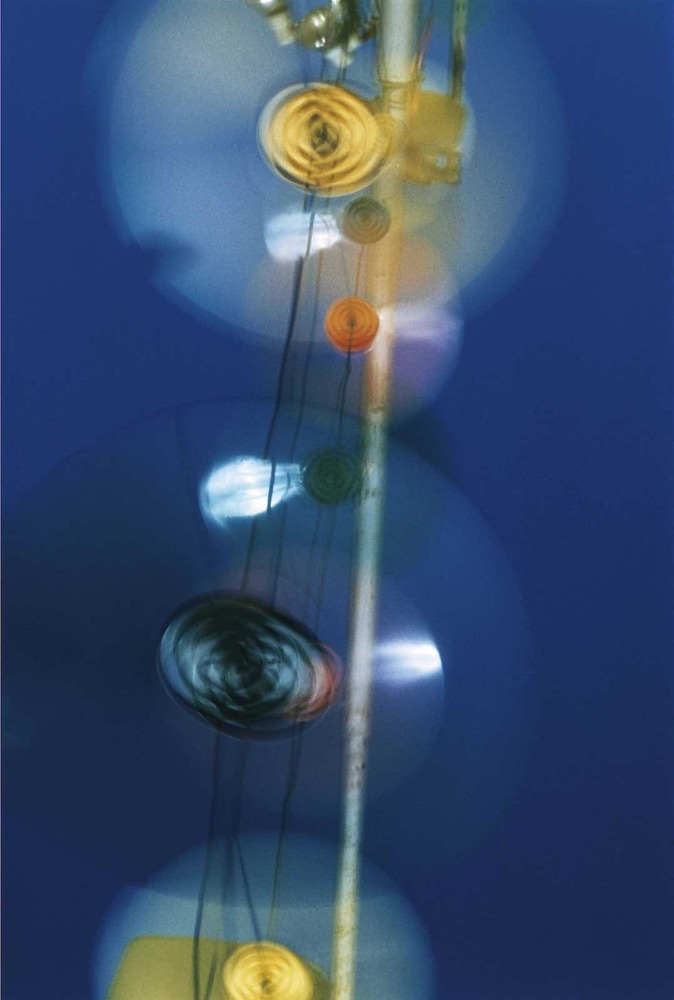
Print: 16 x 20 inches
Frame: 20 x 26 inches
Print authenticated by Alex Haas, moral right holder
Print: 16 x 20 inches
Frame: 20 x 26 inches INV Nbr. EH1906018 Kindly.
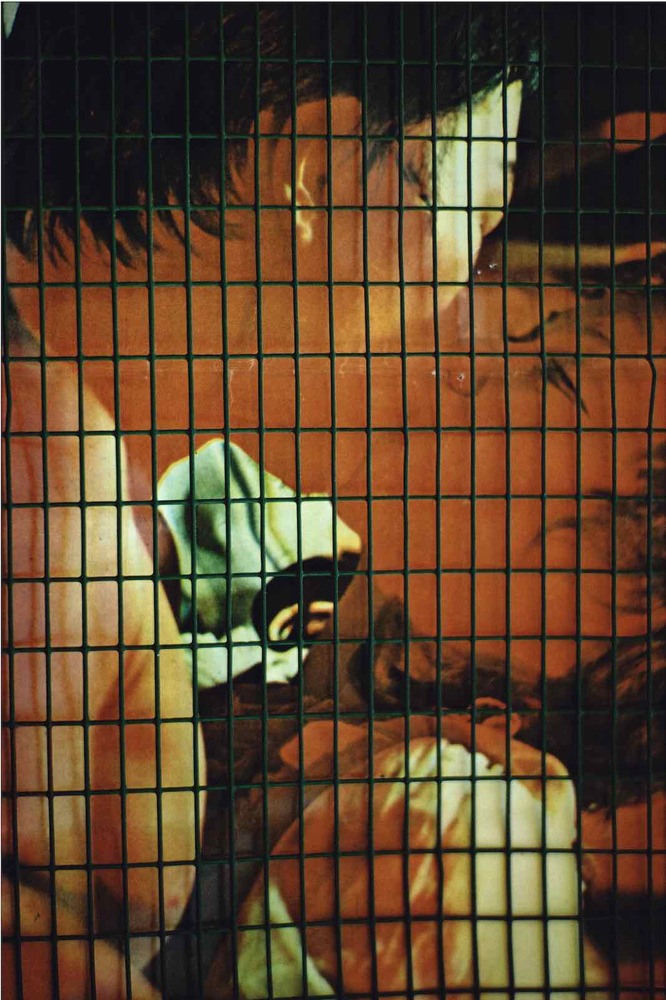
Print: 20 x 30 inches
Print authenticated by Alex Haas, moral right holder
Print: 20 x 30 inches INV Nbr. EH1906019 Kindly.
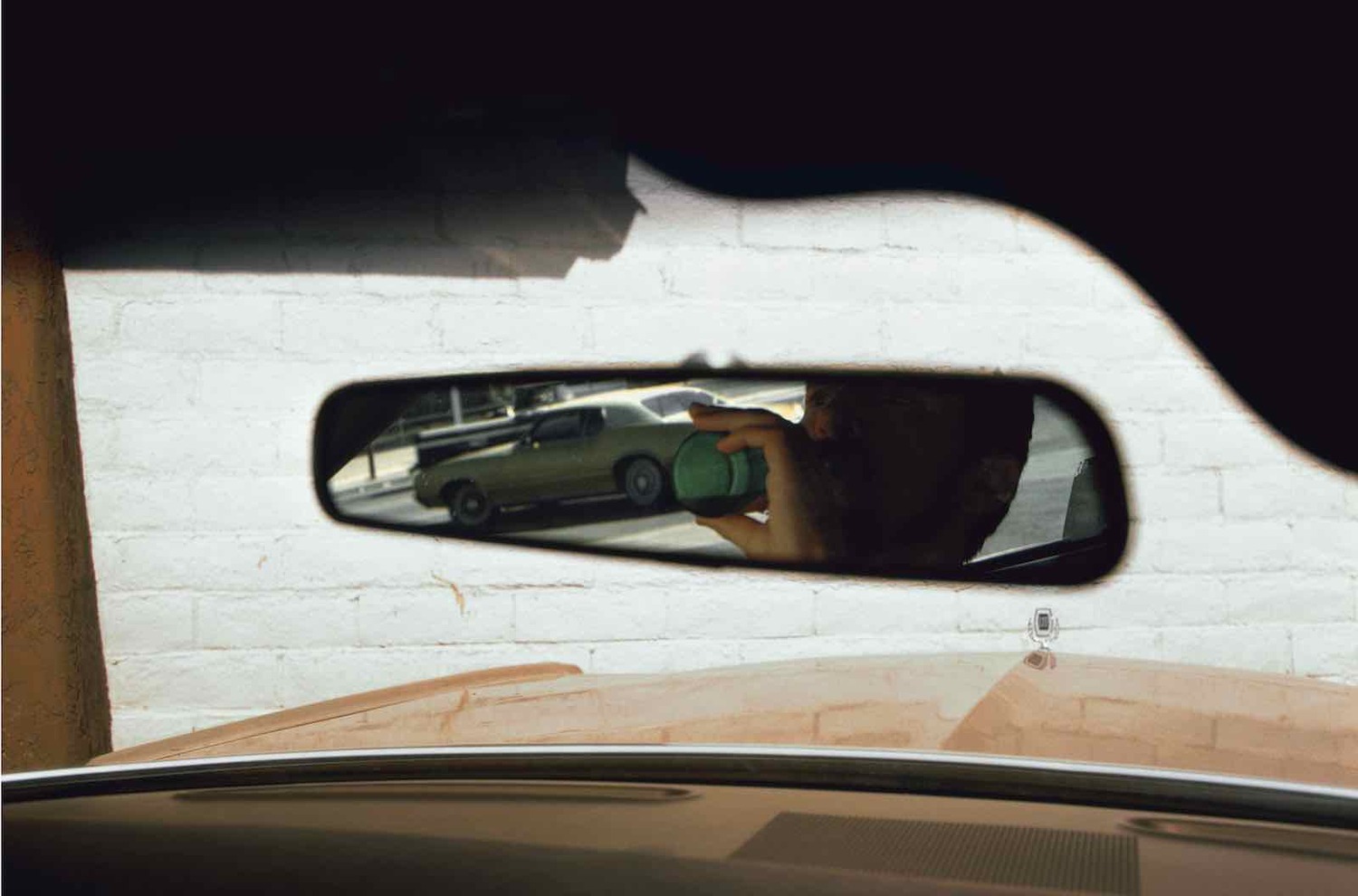
Print: 16 x 20 inches
Frame: 20 x 26 inches
Print authenticated by Alex Haas, moral right holder
Print: 16 x 20 inches
Frame: 20 x 26 inches INV Nbr. EH1906020 Kindly.
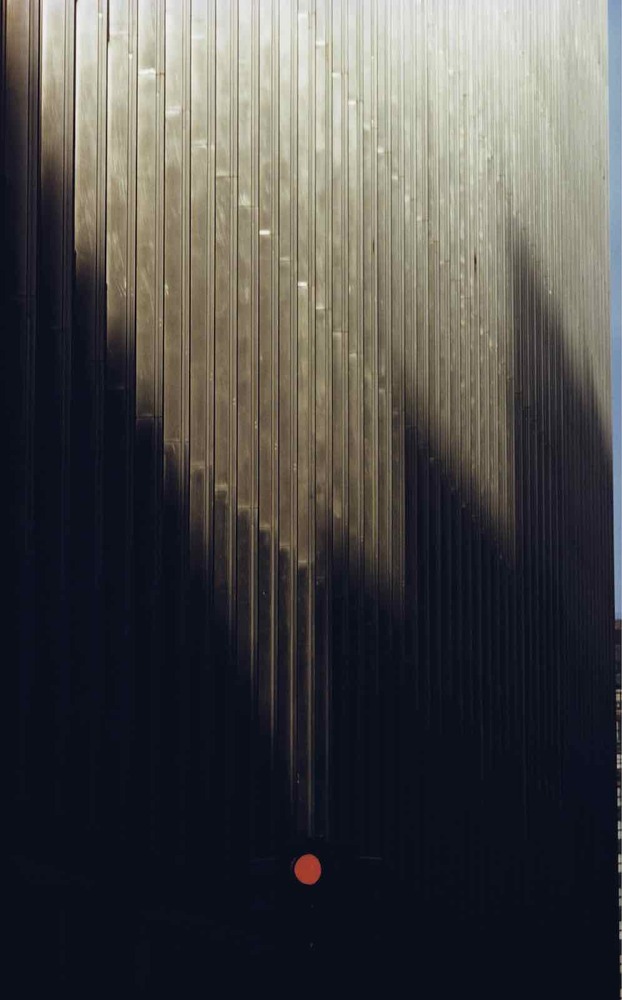
Print: 16 x 20 inches
Frame: 20 x 26 inches
Print authenticated by Alex Haas, moral right holder
Print: 16 x 20 inches
Frame: 20 x 26 inches INV Nbr. EH1906021 Kindly.

Print: 16 x 20 inches
Print authenticated by Alex Haas, moral right holder
Print: 16 x 20 inches INV Nbr. EH1906025 Kindly.
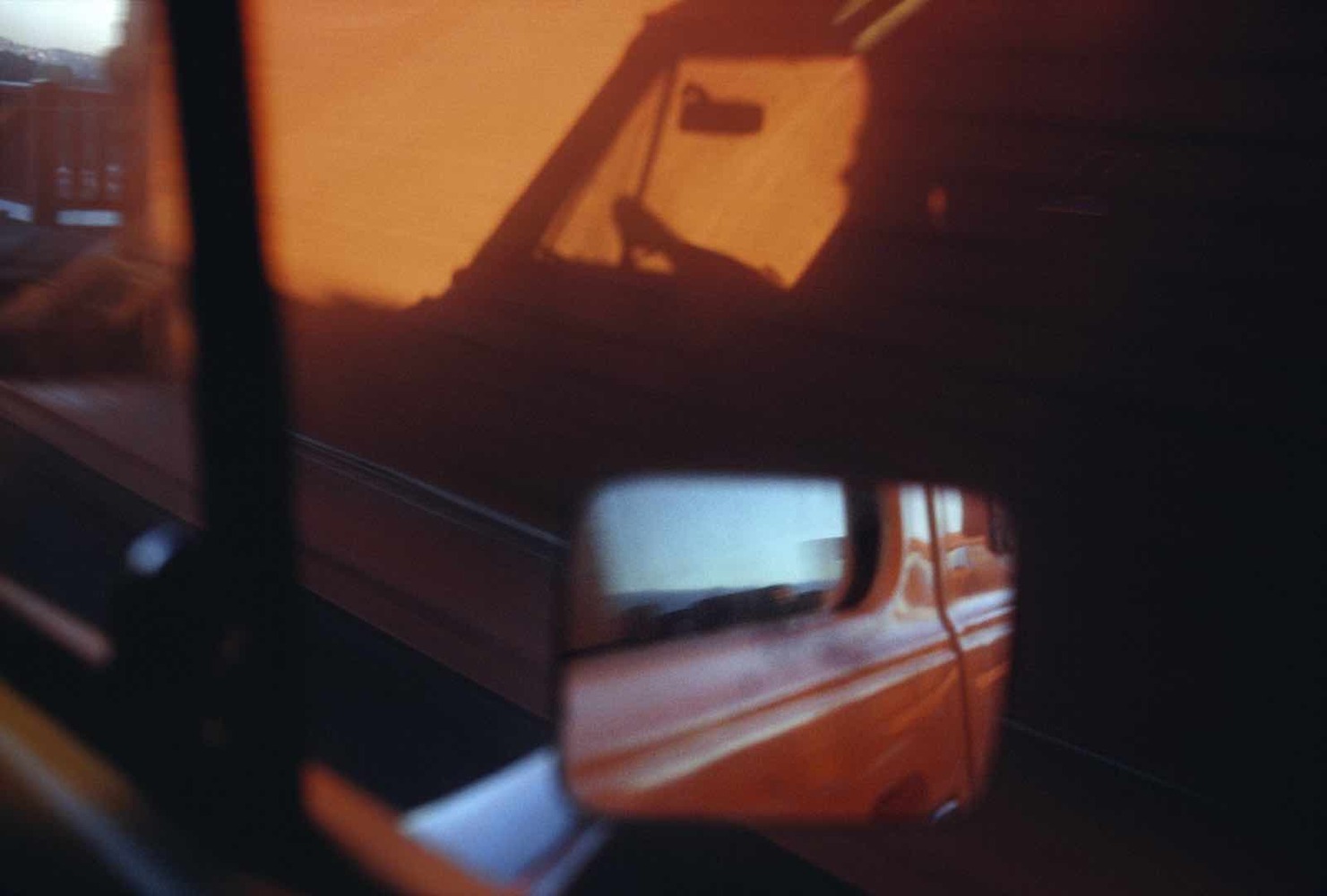
Print: 16 x 20 inches
Print authenticated by Alex Haas, moral right holder
Print: 16 x 20 inches INV Nbr. EH1906026 Kindly.

Print: 16 x 20 inches
Print authenticated by Alex Haas, moral right holder
Print: 16 x 20 inches INV Nbr. EH1906027 Kindly.
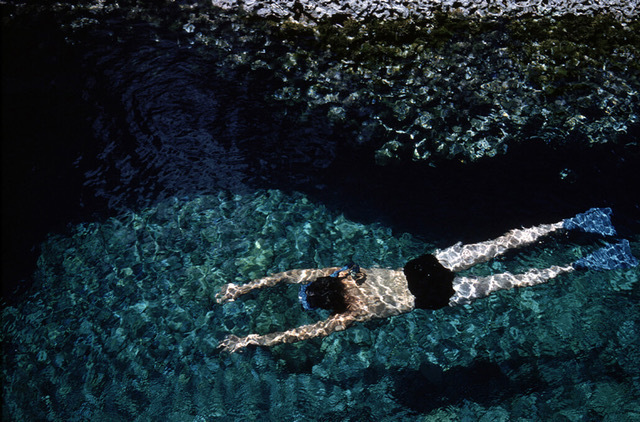
Print: 20 x 30 inches
Print authenticated by Alex Haas, moral right holder
Print: 20 x 30 inches INV Nbr. EH1906028 Kindly.
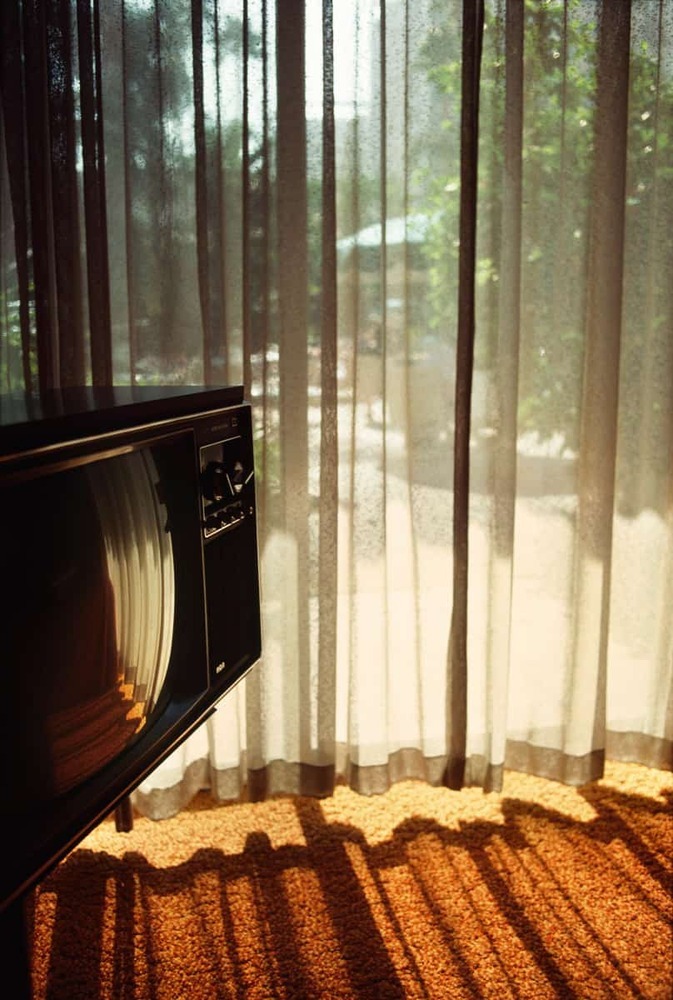
Print: 16 x 20 inches
Frame: 20 x 26 inches
Print authenticated by Alex Haas, moral right holder
Print: 16 x 20 inches
Frame: 20 x 26 inches INV Nbr. EH1906029 Kindly.
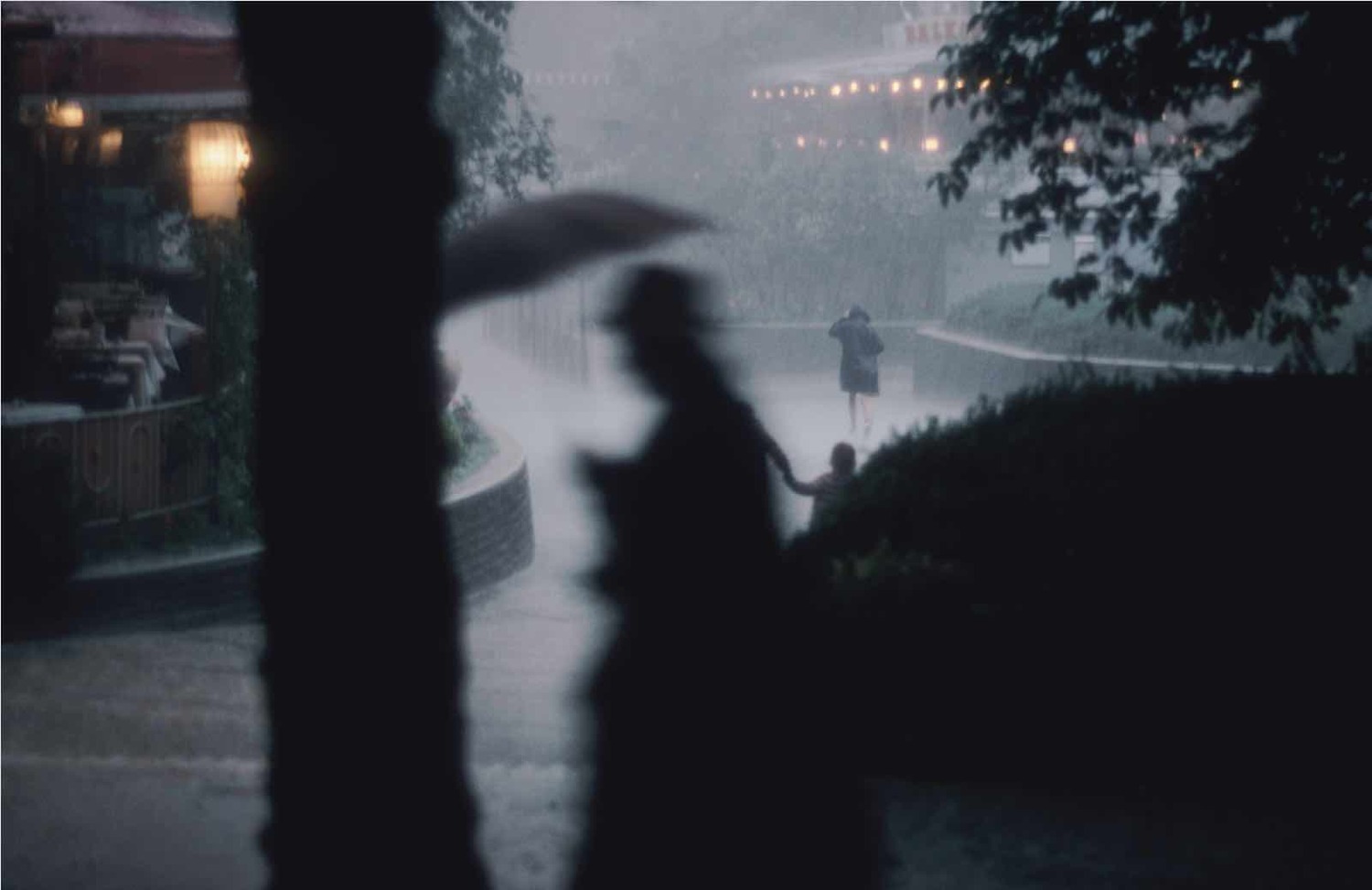
Print: 16 x 20 inches
Frame: 20 x 26 inches
Print authenticated by Alex Haas, moral right holder
Print: 16 x 20 inches
Frame: 20 x 26 inches INV Nbr. EH1906031 Kindly.
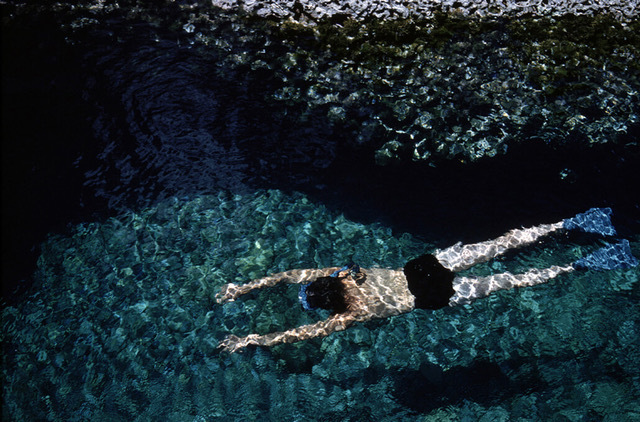
Print: 12 x 20 inches
Print authenticated by Alex Haas, moral right holder
Print: 12 x 20 inches INV Nbr. EH1909001 Kindly.
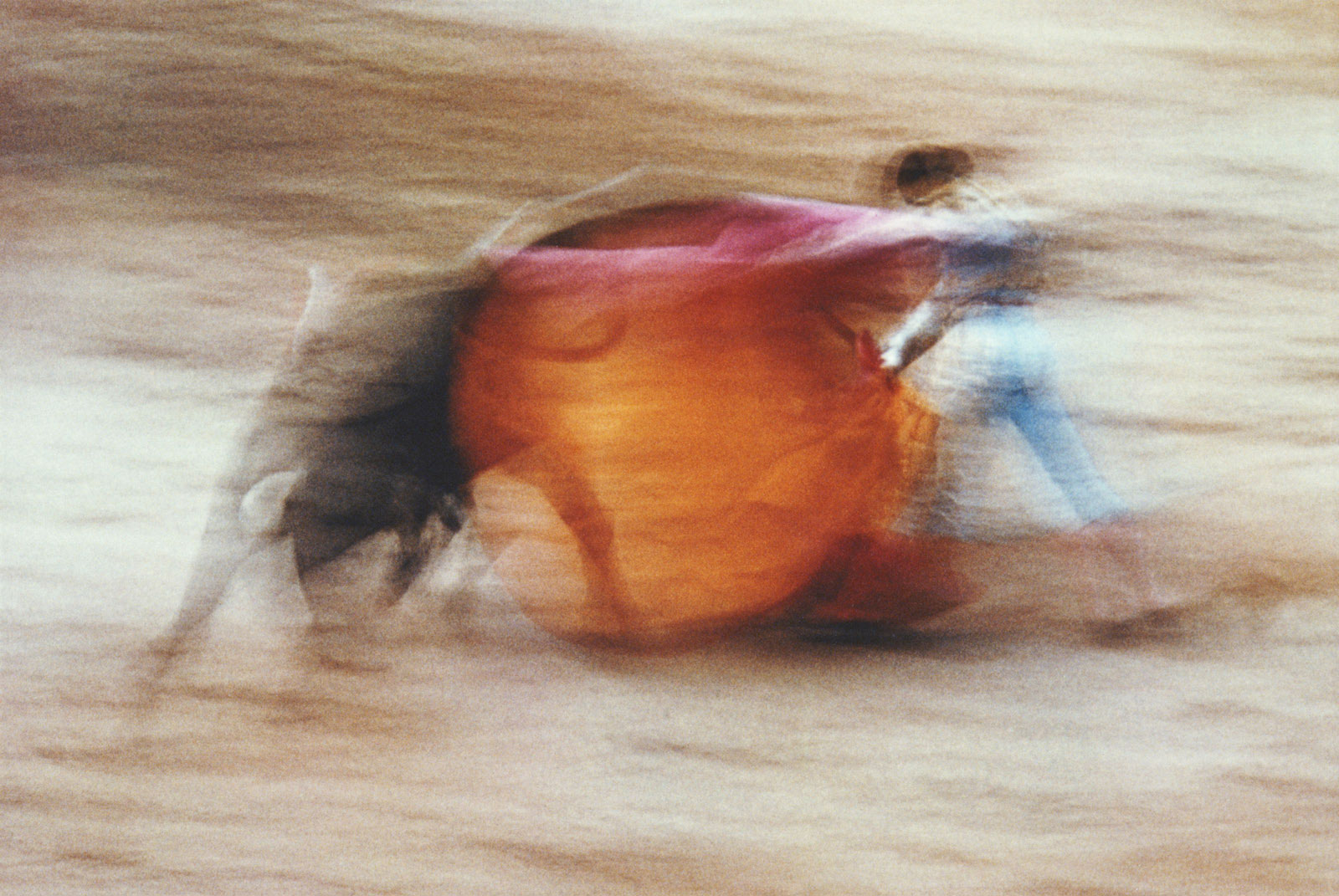
Print: 20 x 30 inches
Print authenticated by Alex Haas, moral right holder
Print: 20 x 30 inches INV Nbr. EH1510009 Kindly.
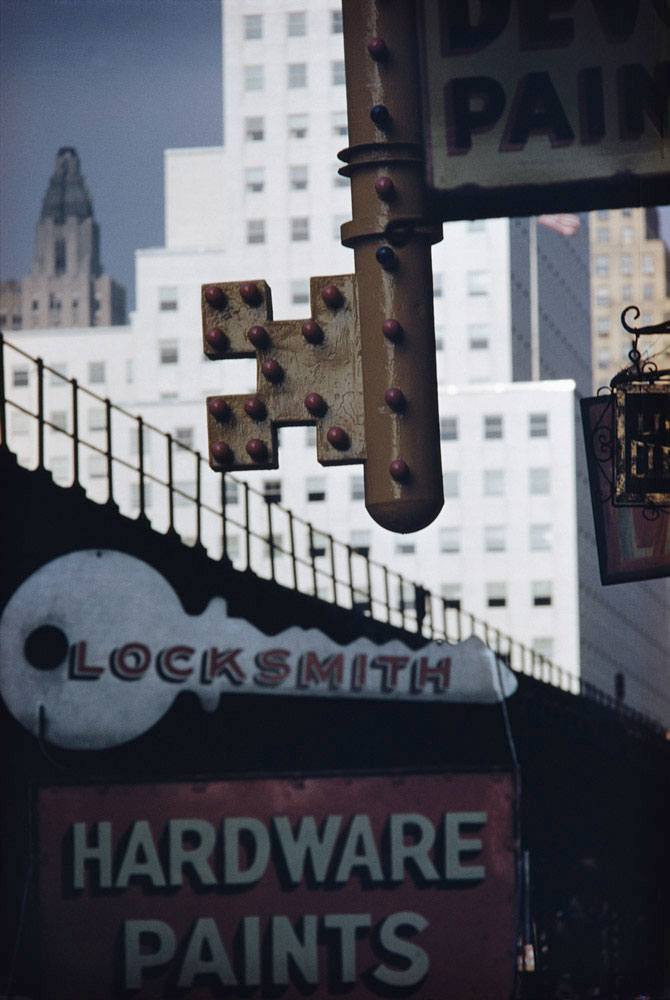
Print: 16 x 20 inches
Frame: 2à x 26 inches
Print authenticated by Alex Haas, moral right holder
Print: 16 x 20 inches
Frame: 2à x 26 inches INV Nbr. EH1502001 Kindly.
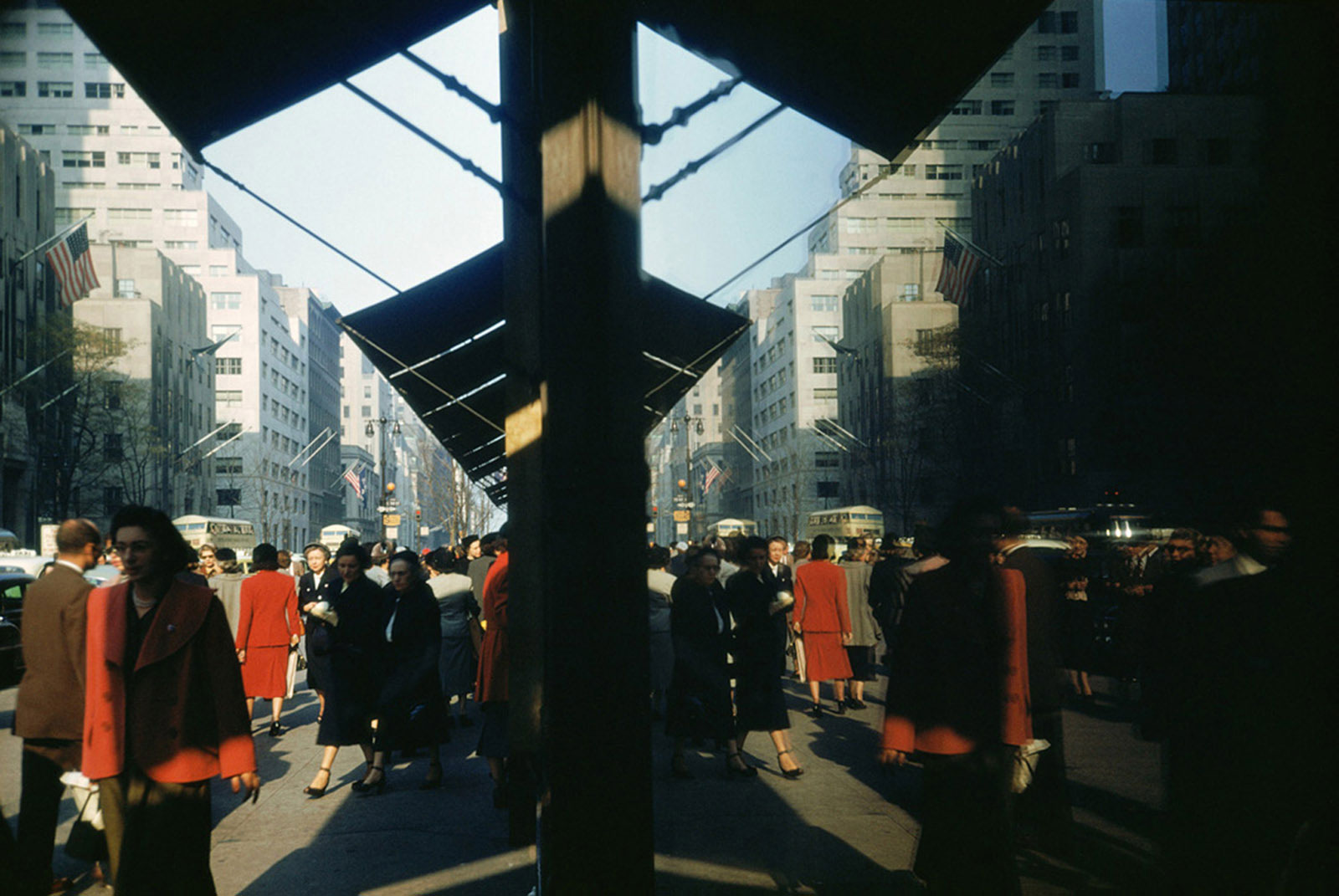
Image: 17 x 26 inches
Print: 20 x 30 inches
Frame: 24 x 31 inches
Print authenticated by Alex Haas, moral right holder
Image: 17 x 26 inches
Print: 20 x 30 inches
Frame: 24 x 31 inches INV Nbr. EH1510017 Kindly.
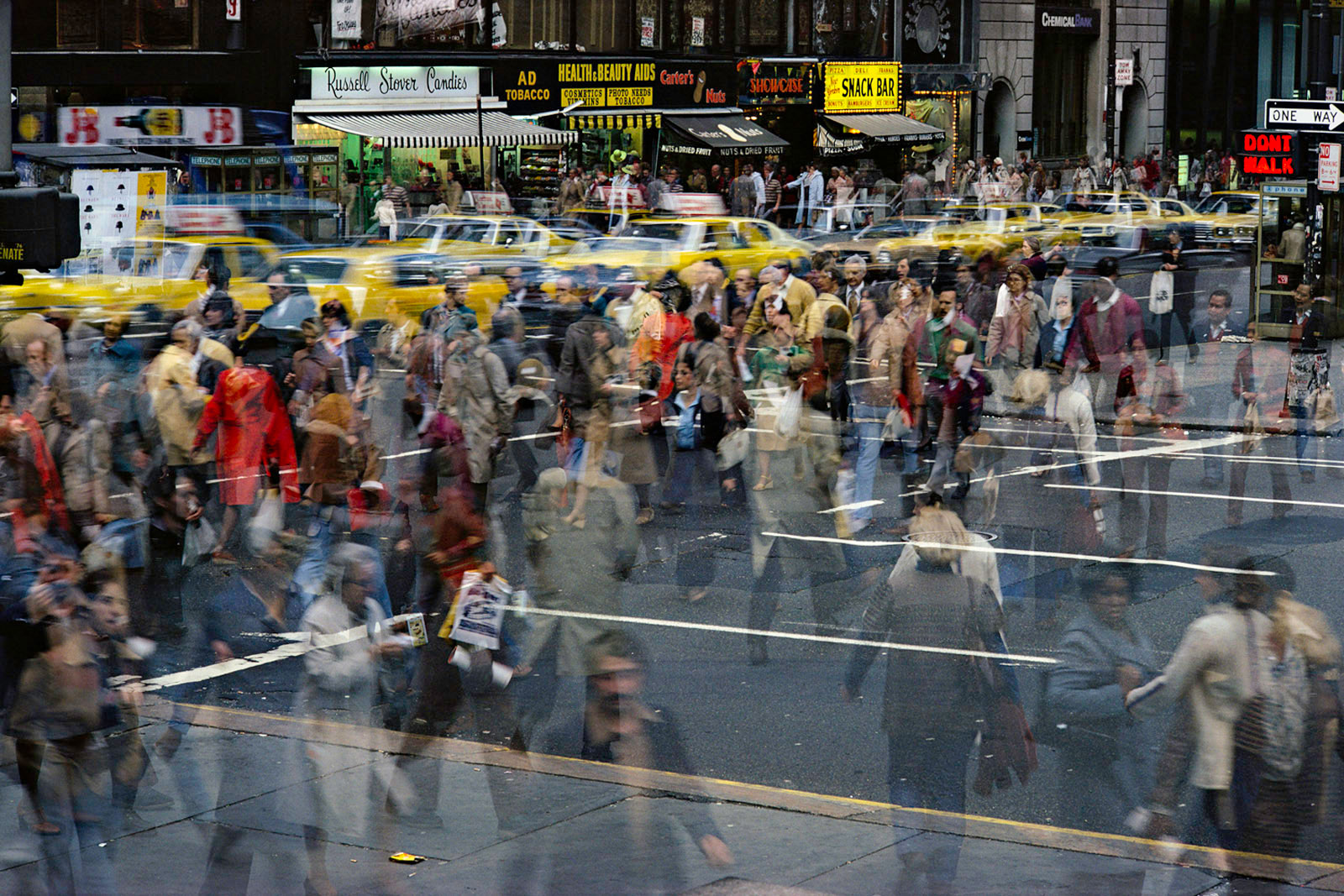
Print: 16 x 20 inches
Frame: 20 x 26 inches
Print authenticated by Alex Haas, moral right holder
Print: 16 x 20 inches
Frame: 20 x 26 inches INV Nbr. EH1510021 Kindly.

Print: 16 x 20 inches
Frame: 20 x 26 inches
Print authenticated by Alex Haas, moral right holder
Print: 16 x 20 inches
Frame: 20 x 26 inches INV Nbr. EH1510020 Kindly.
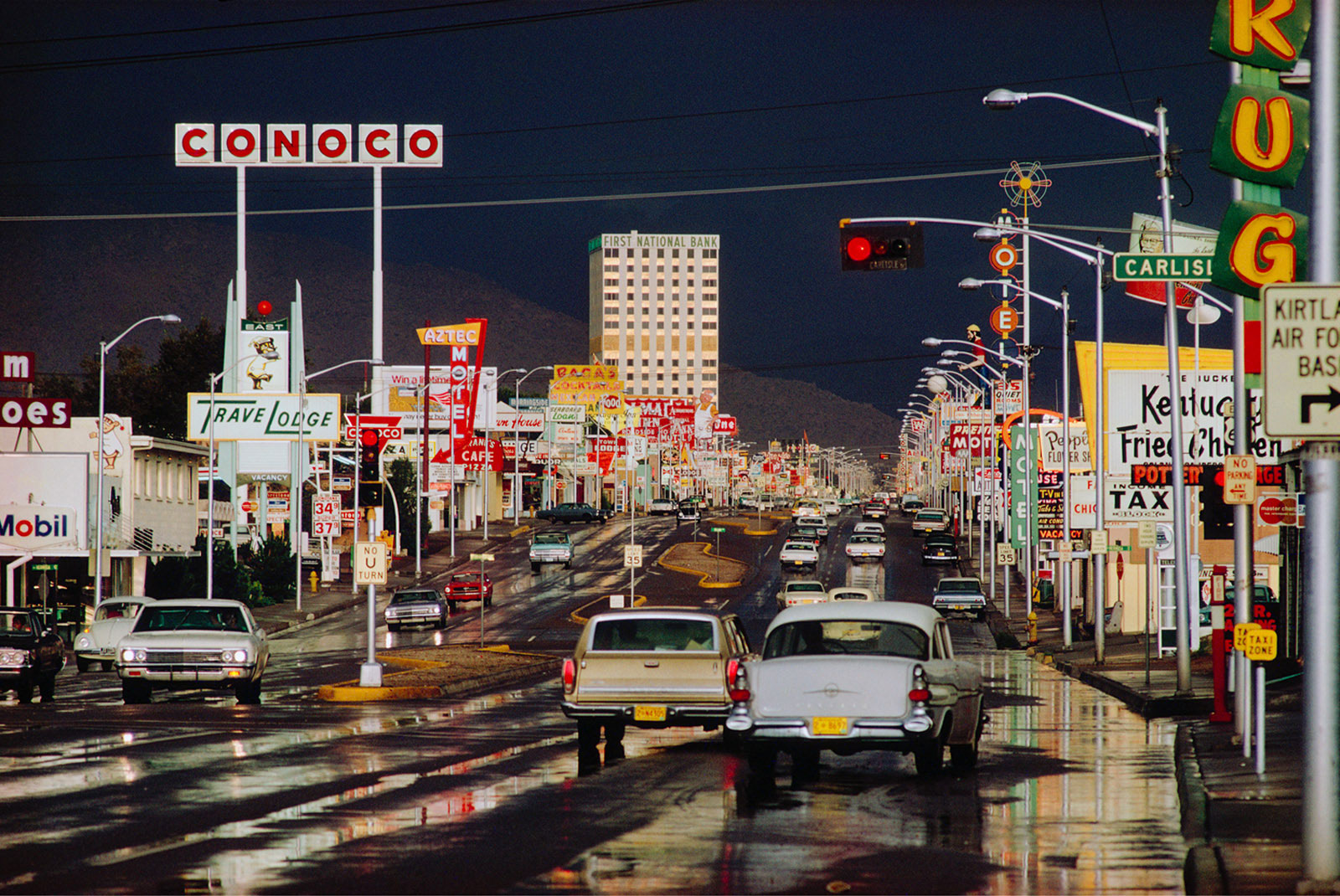
Image: 17 x 26 inches
Print: 20 x 30 inches
Frame: 24 x 31 inches
Print authenticated by Alex Haas, moral right holder
Image: 17 x 26 inches
Print: 20 x 30 inches
Frame: 24 x 31 inches INV Nbr. EH1510024 Kindly.
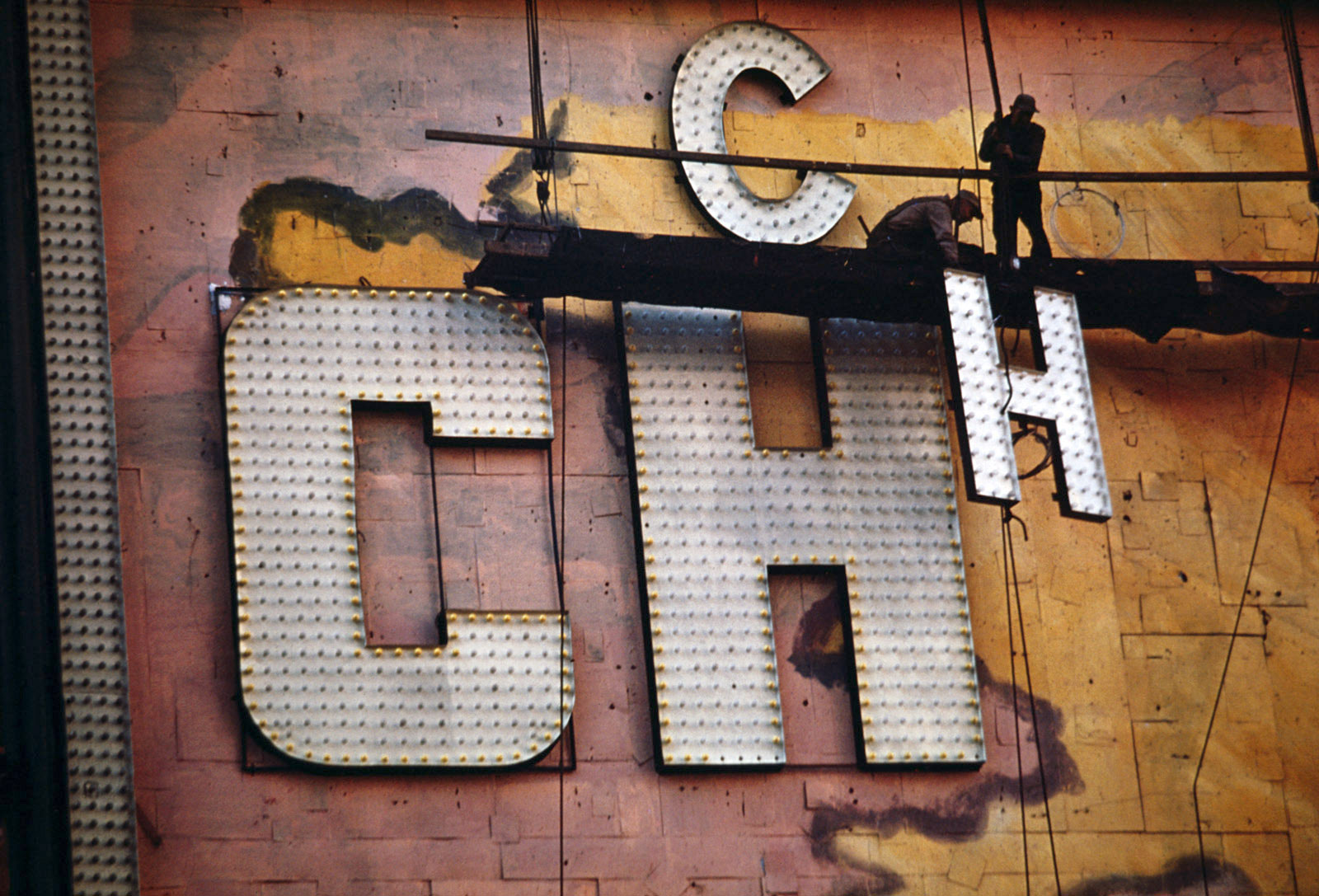
Print: 16 x 20 inches
Frame: 20 x 26 inches
Print authenticated by Alex Haas, moral right holder
Print: 16 x 20 inches
Frame: 20 x 26 inches INV Nbr. EH1510013 Kindly.
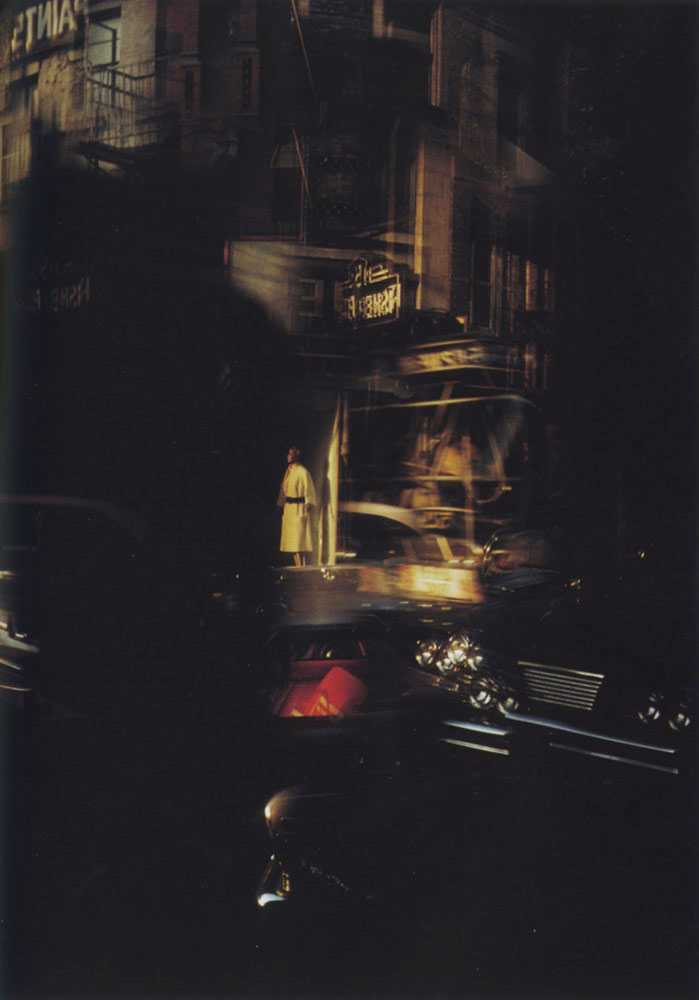
Print: 16 x 20 inches
Frame: 18 X 24 inches
Print authenticated by Alex Haas, moral right holder
Print: 16 x 20 inches
Frame: 18 X 24 inches INV Nbr. EH1502003 Kindly.
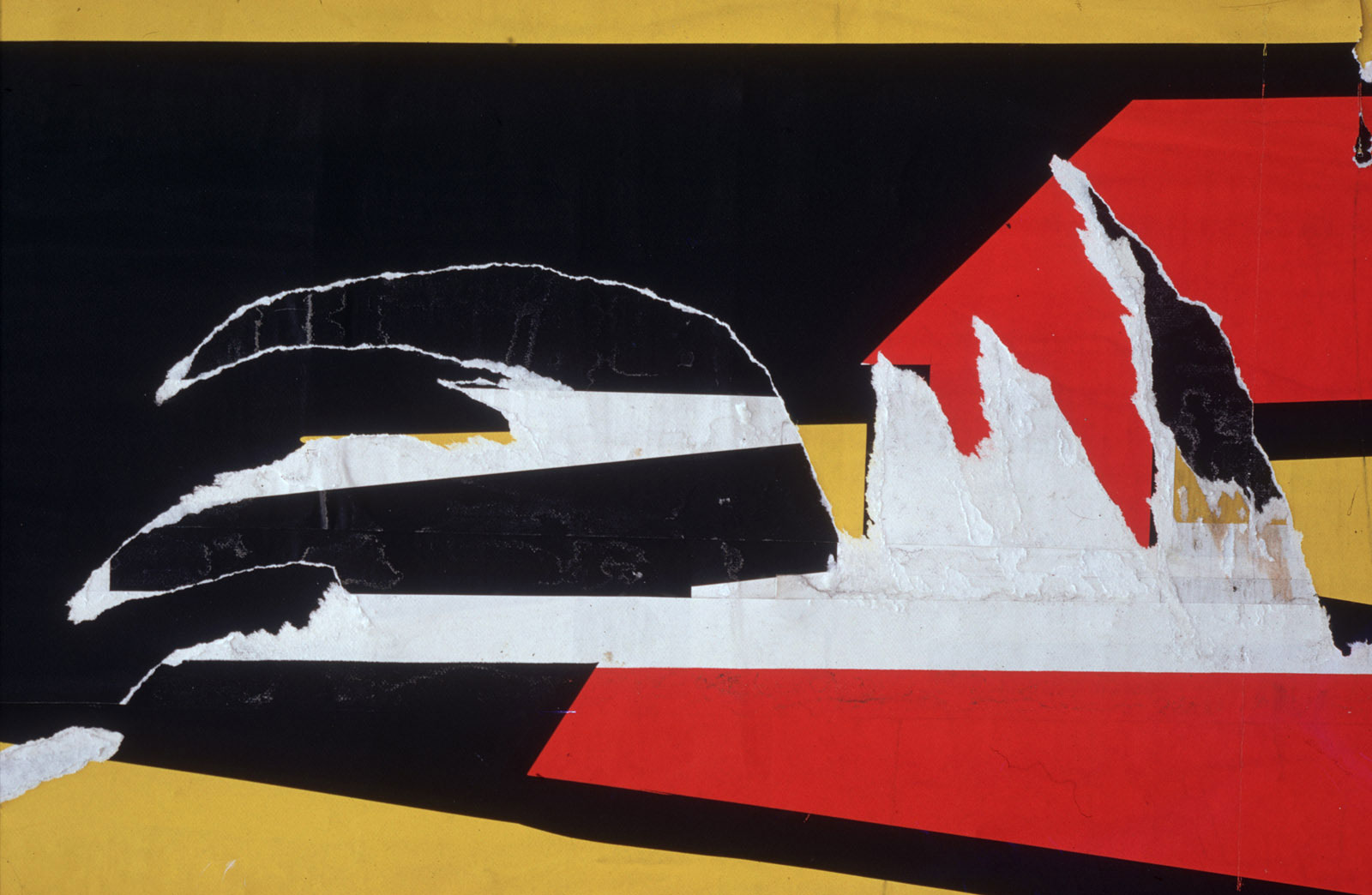
Print: 20 x 30 inches
Frame: 24 x 31 inches
Print authenticated by Alex Haas, moral right holder
Print: 20 x 30 inches
Frame: 24 x 31 inches INV Nbr. EH1510026 Kindly.
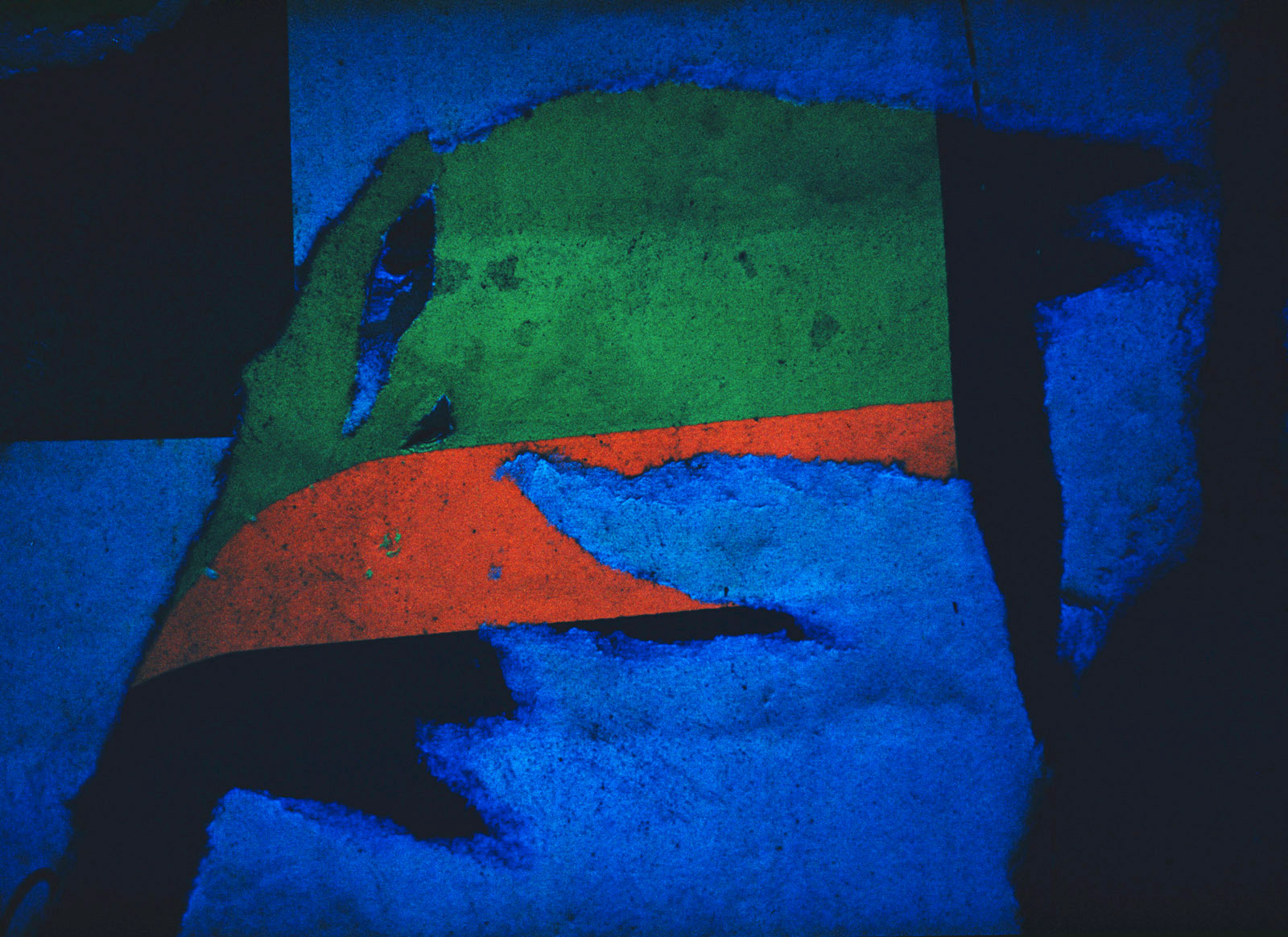
Image: 21 x 14,5 inches
Print: 27 x 20,5 inches
Signed by the artist
Image: 21 x 14,5 inches
Print: 27 x 20,5 inches INV Nbr. EH1509010 Kindly.
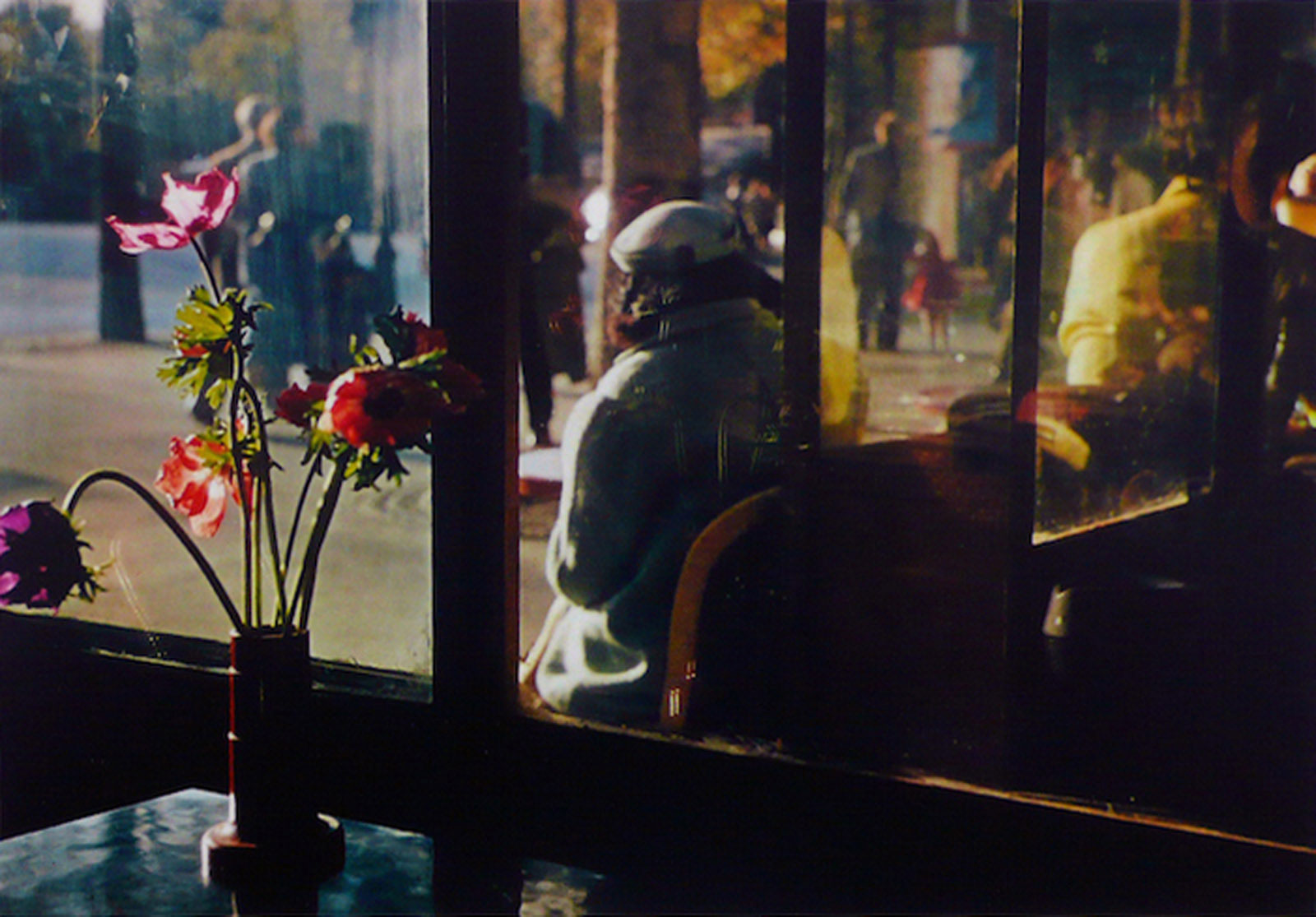
Print: 16 x 20 inches
Signed by the artist
Print: 16 x 20 inches INV Nbr. EH1509008 Kindly.
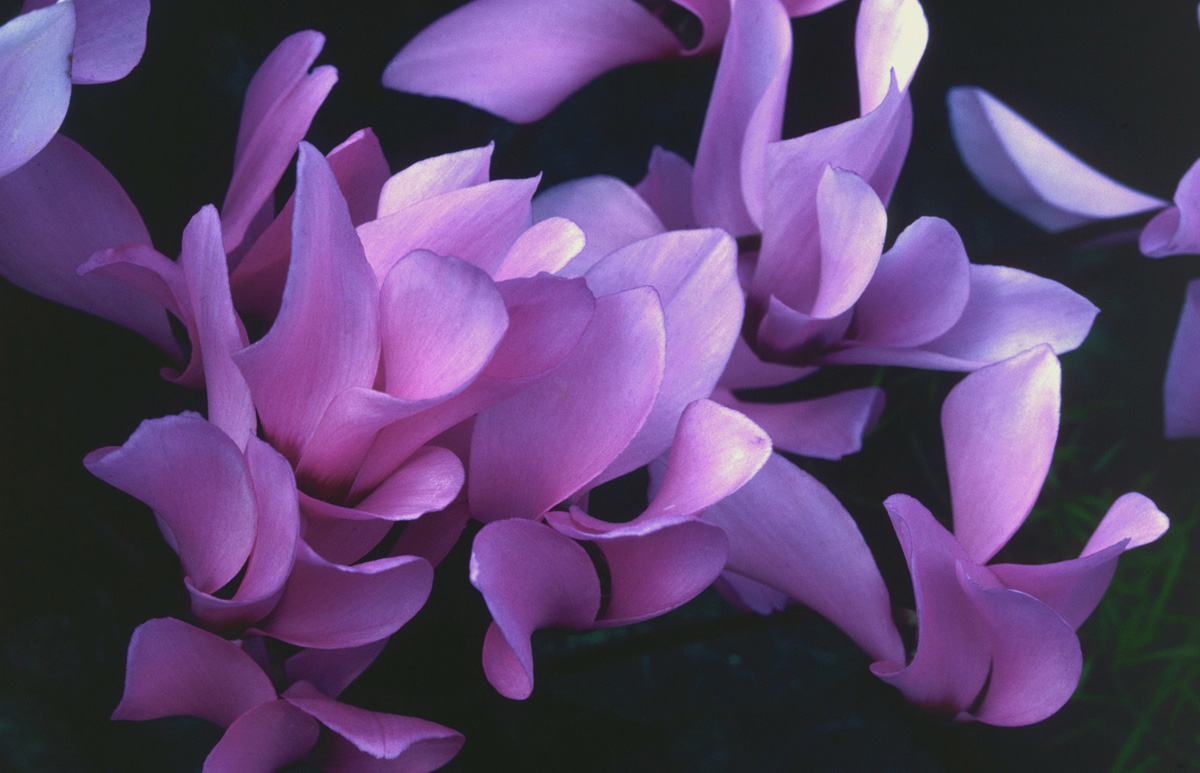
Image: 19 1/4 x 13 inches
Print: 24 x 14 inches
Signed by the artist
Artist Proof from the "Flower" portfolio, published in an edition of thirty in 1984
Image: 19 1/4 x 13 inches
Print: 24 x 14 inches INV Nbr. EH1605002 Kindly.
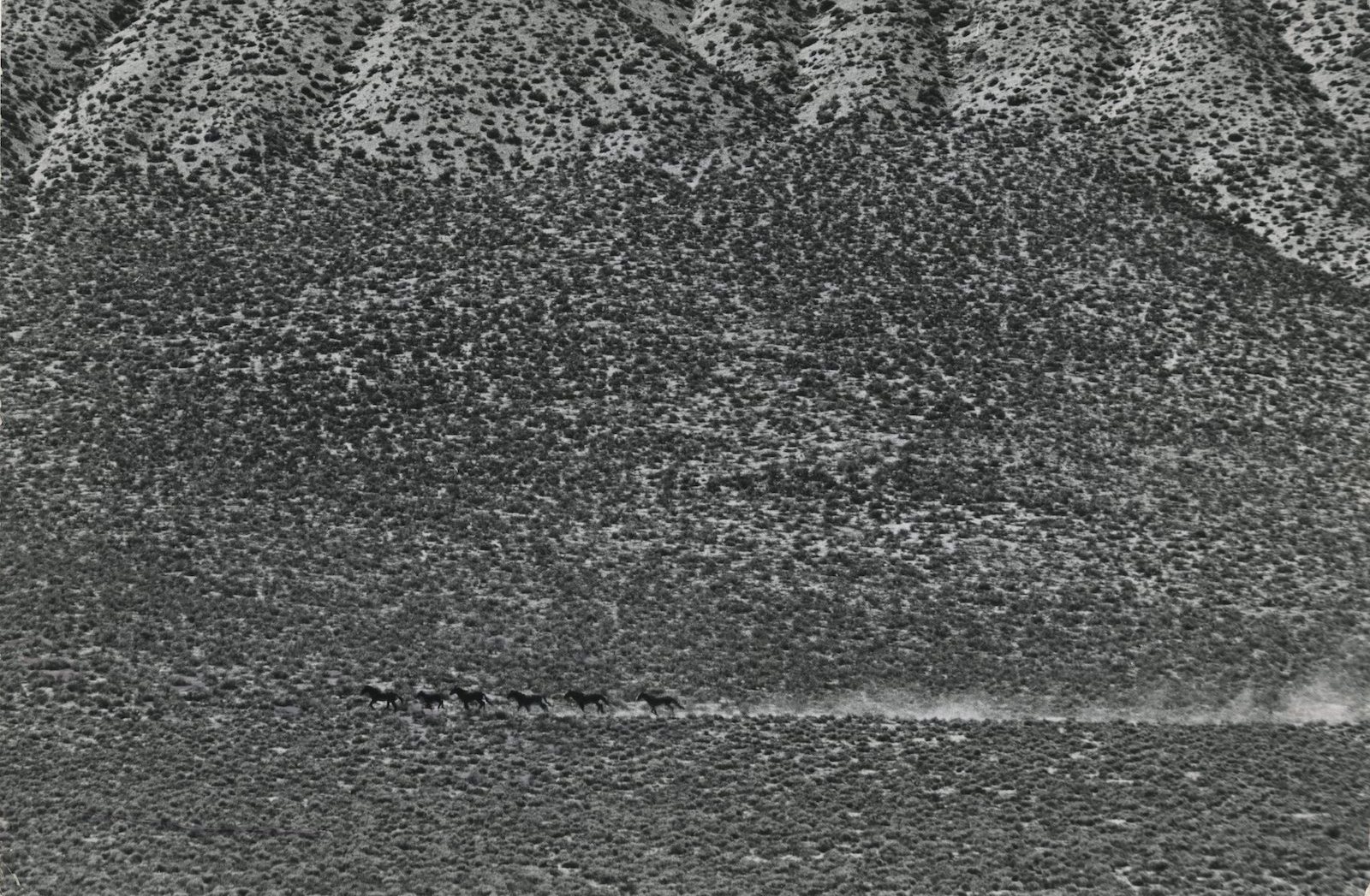
Print: 13,5 x 9, 5 inches
Signed by the artist on print verso
Print: 13,5 x 9, 5 inches INV Nbr. EH1802001 Kindly.
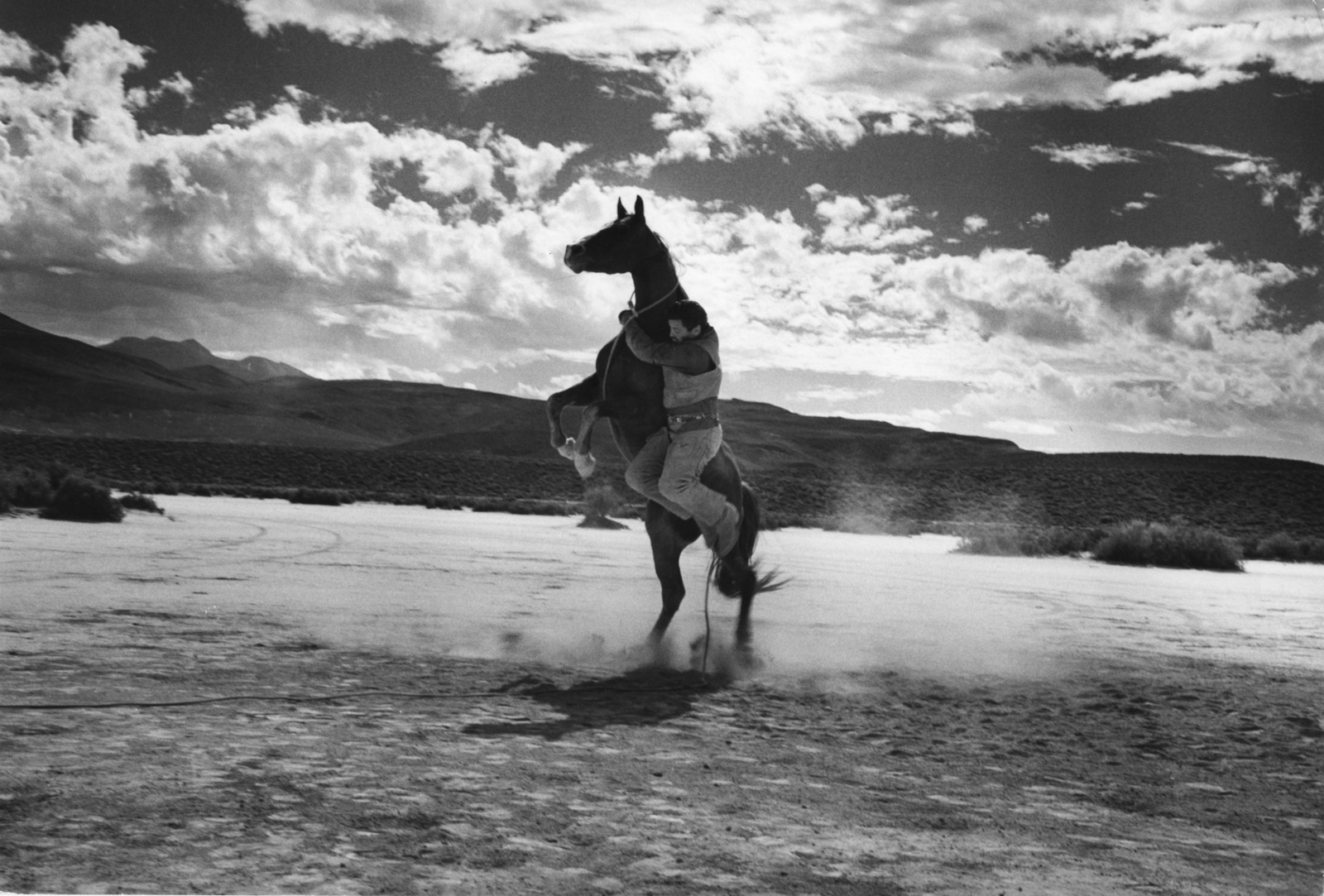
Print: 7 x 10 inches
Magnum stamp on verso
Print: 7 x 10 inches INV Nbr. EH1706007 Kindly.
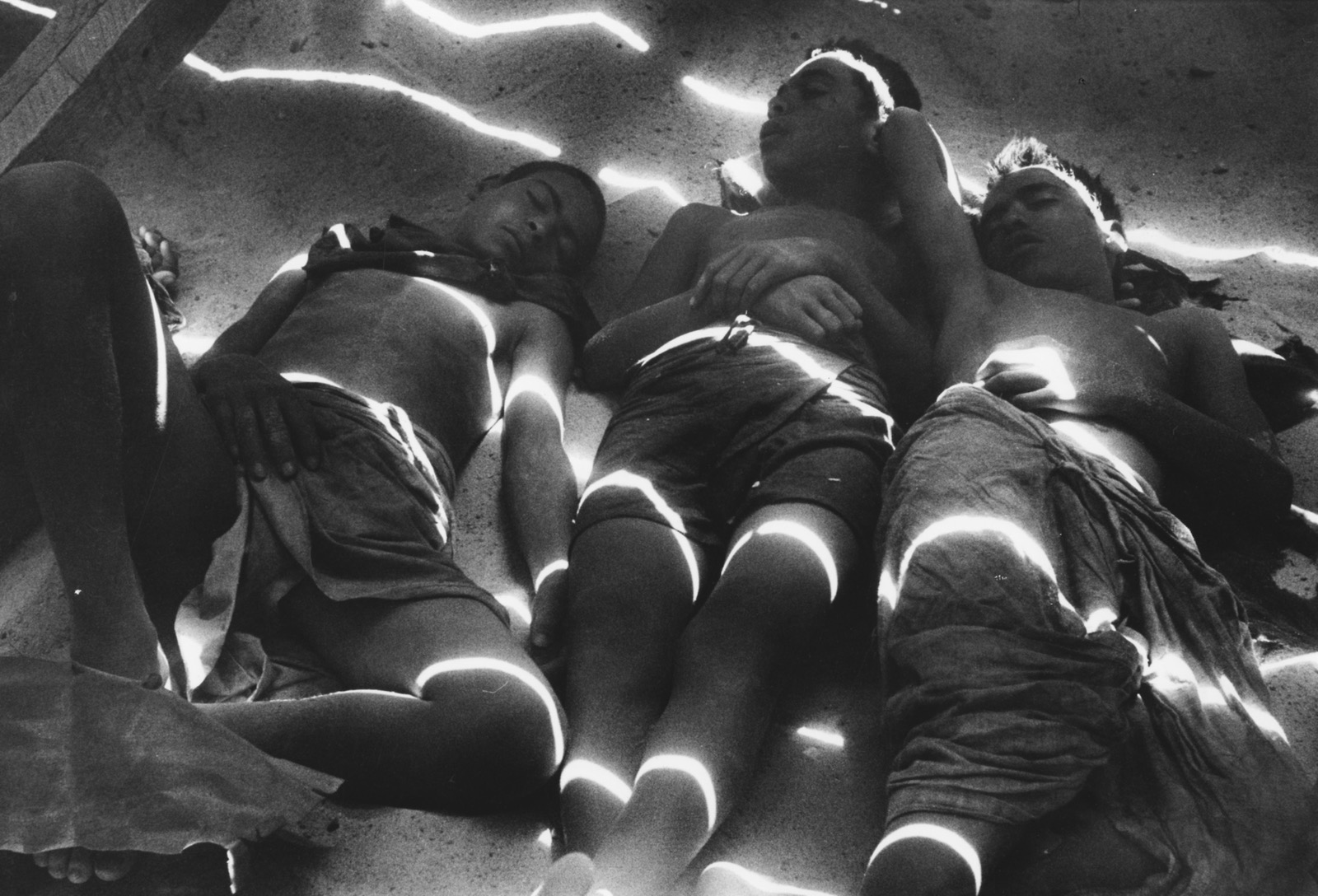
Print: 8 x 10 inches
MoMA and Magnum stamps on verso
Print: 8 x 10 inches INV Nbr. EH1706005 Kindly.

Print: 9,5 x 14 inches
Signed by the artist on verso print
Print: 9,5 x 14 inches INV Nbr. EH1802004 Kindly.
Presentation
Living as we do in the digital age, it is difficult for us to imagine the number of photographers who found their calling after discovering the work of Ernst Haas. His publications were the bedside reading of an entire generation. His experiments with colour and movement were met with great enthusiasm... We've forgotten now, but colour film was difficult to handle. It was light years ago, in 1952, when the American magazine Life asked him use colour to work on the city of New York. Capa, at Magnum, was the only person who understood why he wanted to experiment with colour. After all, black and white was still king. But Ernst Haas was unperturbed. In order to understand his highly singular adventure, we must see it in its historical context. Born in 1921 to a Jewish family, Haas lived through the trauma of the Second World War. Subsequently, in 1951, he emigrated to the United States, a country he had dreamed of since his youth. He was an optimistic man, with no professional strategy, for he himself had never asked anything of anyone. He was a free man.
Public collections
Antwerp, PROVINCIAL MUSEUM VOOR KUNSTAMBACHTEN
Auckland, New Zealand Center for Photography
Bath, Royal Society of Photography
Boston, Museum of Fine Arts
Charlotte, N.C., Mint Museum of Fine Art
Chicago, The Exchange National Bank of Chicago
Cologne, Museum Ludwig
Corcoran Gallery of Art, Washington DC
Kyoto, The National Museum of Art
New York, Citybank Art Collection
New York, International Center of Photography
New York, The Metropolitan Museum of Art
New York, The Museum of Modern Art
New York, Philip Morris Companies, Inc.
Pittsburgh, Westinghouse Electric Corporation
Pleasantville, NY, Reader's Digest
Princeton, NJ, Squibb Corporation
Rochester, Interntional Museum of Photography at the George Eastman House
St Louis, Kimberly-Clark Corporation
St Louis, Saint Louis Arboretum
St Petersburg, Fla., Museum of Fine Art
Salzburg Austria, Rupertinum Salzburger Museum
Santa Barbara, Ca., Western States Museum of Photography
Tokyo, National Museum of Art
Vienna, Museum Modern Kunst
Washington D.C., National Portrait Gallery
Press
Texts
COLOR PROOF
Ernst Haas was unquestionably one of the best known, most prolific, and most widely published photographers of the twentieth century. He is commonly associated with a vibrant color photography which, from the 1950s on, was much in demand by the illustrated press. This work, published by dozens of influential magazines in Europe and America, also fed a constant stream of book projects. These too, enjoyed great popularity. But also although Haas's color work earned him fame around the world, decade after decade, in recent years it has been derided by critics and curators for the very characteristics that made it so popular with magazine editors ? its immediacy and accessibility. In a nutshell, Haas has been criticized for being "« too commercial »", a sin in a field where every effort had (and has !) to be made to distance the supposedly fragile art form from contamination with crassly commercial endeavors. His work was also judget judged too simplistic, lacking in the complexities and ironies that marked the imagery of Haas's younger rivals, who were also busy forging a new language color. As a result, Haas' reputation has suffered in comparison with the leading lights of what came to be known as "« the New Color »", notably William Eggleston, Joel Sternfeld, Stephen Shore, and Joel Meyerowitz. Paradoxically, however, there was another side to Haas's work, an aspect that has escaped posthumous appreciation. This side shows him to be by no means inferior to his younger colleagues in innovation. For, parrallelparallel to his commissioned work, Haas constantly took pictures for his own pleasure, and as far as I can make out, without any particular intention to share them with others. These pictures show a very different aspect of his sensibility ? they are far more edgy, loose, enigmatic, and ambiguous than his celebrated work. Most of these pictures he never even printed, let alone published, probably assuming that they were too difficult to be understood. These images are of great sophistication, and rival (and sometimes surpass) the best work of his colleagues (. ..). It is one of those ironies in life that the distinguished curator, John Szarkowski, who exhibited Haas early on but then decided not to champion him, led me indirectly to the photographer's hidden work. Like other young curators of my generation, I had also dismissed Haas's work for the reasons stated above, as well as for what I considered an excessive sentimentality. And yet one of his color photographs gnawed away at me over the years, resisting this dismissive appraisal. It was a picture that Szarkoswski had once reproduced in a Museum of Modern Art publication ? a street scene with awnings and their reflections which could not help but evoke a Morris Louis painting. The billowing color of the awning rippled like flames, and I recalled the old adage, "« where there's smoke, there's fire" ». There had to be more where this came from ! Then, many years later, as I was re-reading Szarkowski's thoughts on color, I was amused to find another appropriate metaphor. "« As recently as the 1960s," » he wrote, "« perhaps only Eliot Porter and Ernst Haas, among photographers then prominent, would carry from the proverbial burning house their color work before their black and white." » A dormant seed stirred in my mind. Around 2006, I mentioned my thoughts to fellow curator Graham Howe, and found that he, too, had similar suspicions. We resolved to go to the Haas archive in London, and see if our instincts proved sound. We made a first foray, and decided that, indeed, there were smoldering embers which with a little oxygen might burst into flame. Although I went on to do the research alone, for practical reasons, over the next couple of years I managed to go through all 200, 000 color slides ? partly driven by the sheer visual excitement, and partly to assure myself that I wasn't "« making up" » this shadow Haas. I do not believe I was, and the imagery in this book is my best argument.
William Ewing
Lausanne, July 2010
Introduction de l'ouvrage Ernst Haas Color Correction, publié aux éditions Steidl en 2011
Exhibitions
New York in Color
September 16 - October 30 2020
Un dimanche à la galerie #6
13 - 13 September 2020
Paris Photo 2019
Group show
7 - 10 November 2019
Photofairs | Shanghai 2019
Group show
21 - 22 September 2019
La couleur visionnaire
September 6 - November 9 2019
Sélection de Noël
Group show
November 23 - December 22 2018
Paris Photo 2018
Group show
8 - 11 November 2018
AIPAD 2018
Group show
5 - 8 April 2018
Paris Photo 2017
Group show
9 - 12 November 2017
Portfolios #4
Group show
December 7 2016 - January 14 2017
Paris Photo 2016
Group show
10 - 13 November 2016
Soon Art Fair
Group show
11 - 13 December 2015
PARIS PHOTO
Sophal Neak,
Homer Sykes,
Sabine Weiss
12 - 15 November 2015
La couleur a toute epreuve
November 7 - December 23 2015
Photo London
Group show
21 - 24 May 2015
New York
Group show
March 20 - June 13 2015
News
New York in Color, 1952-1962
October 8, 2020
Realms of Color: The Creation by Ernst Haas
March 1 - May 31 2019
Marilyn and The Misfits
February 28 - April 28 2019

